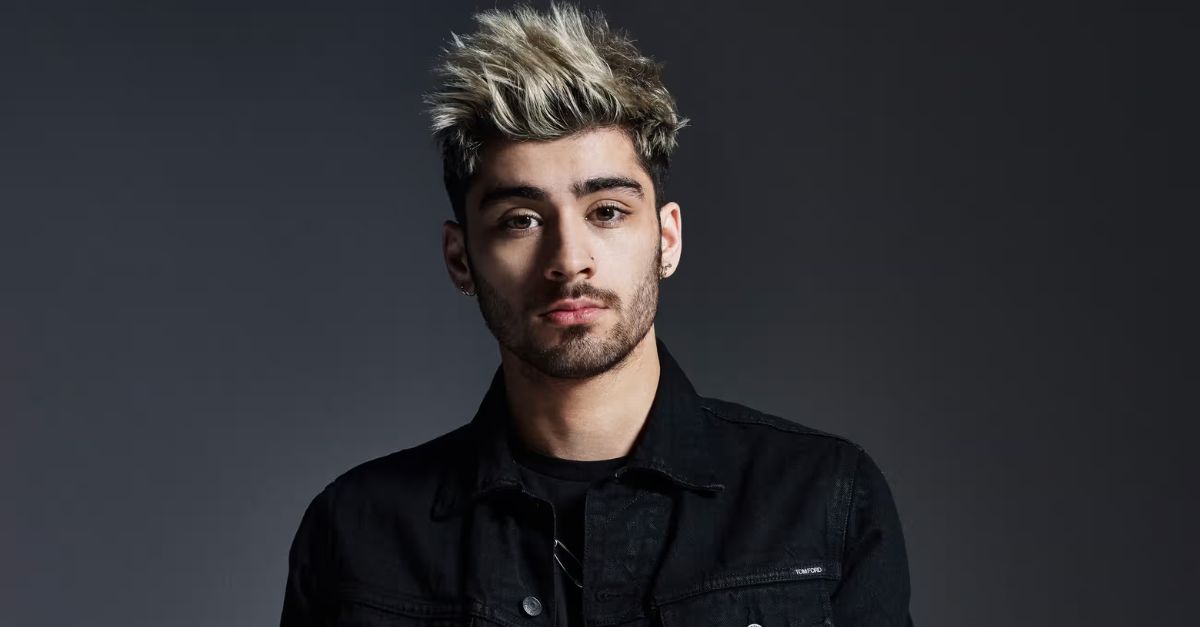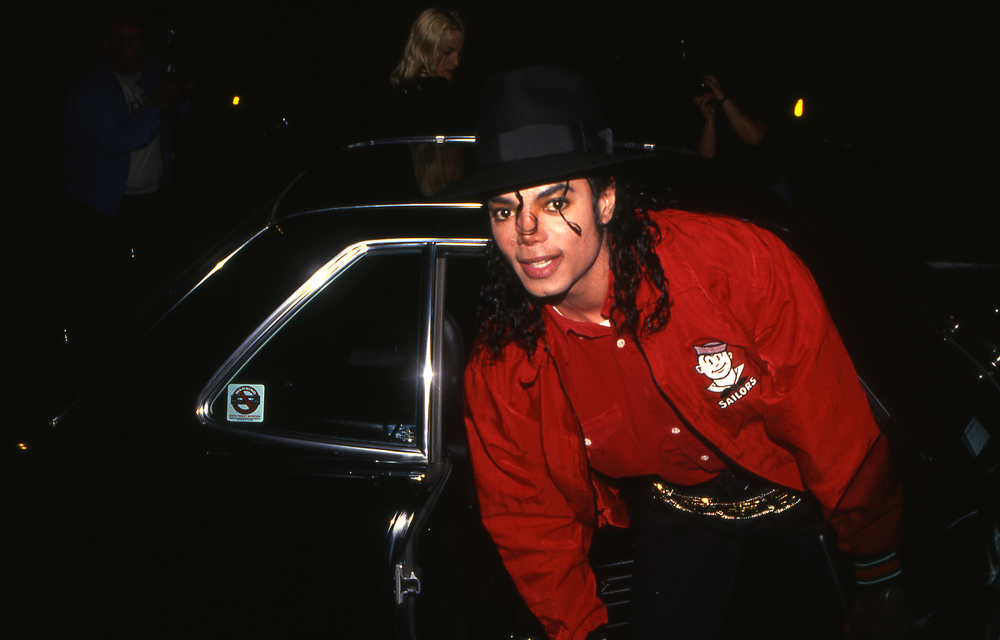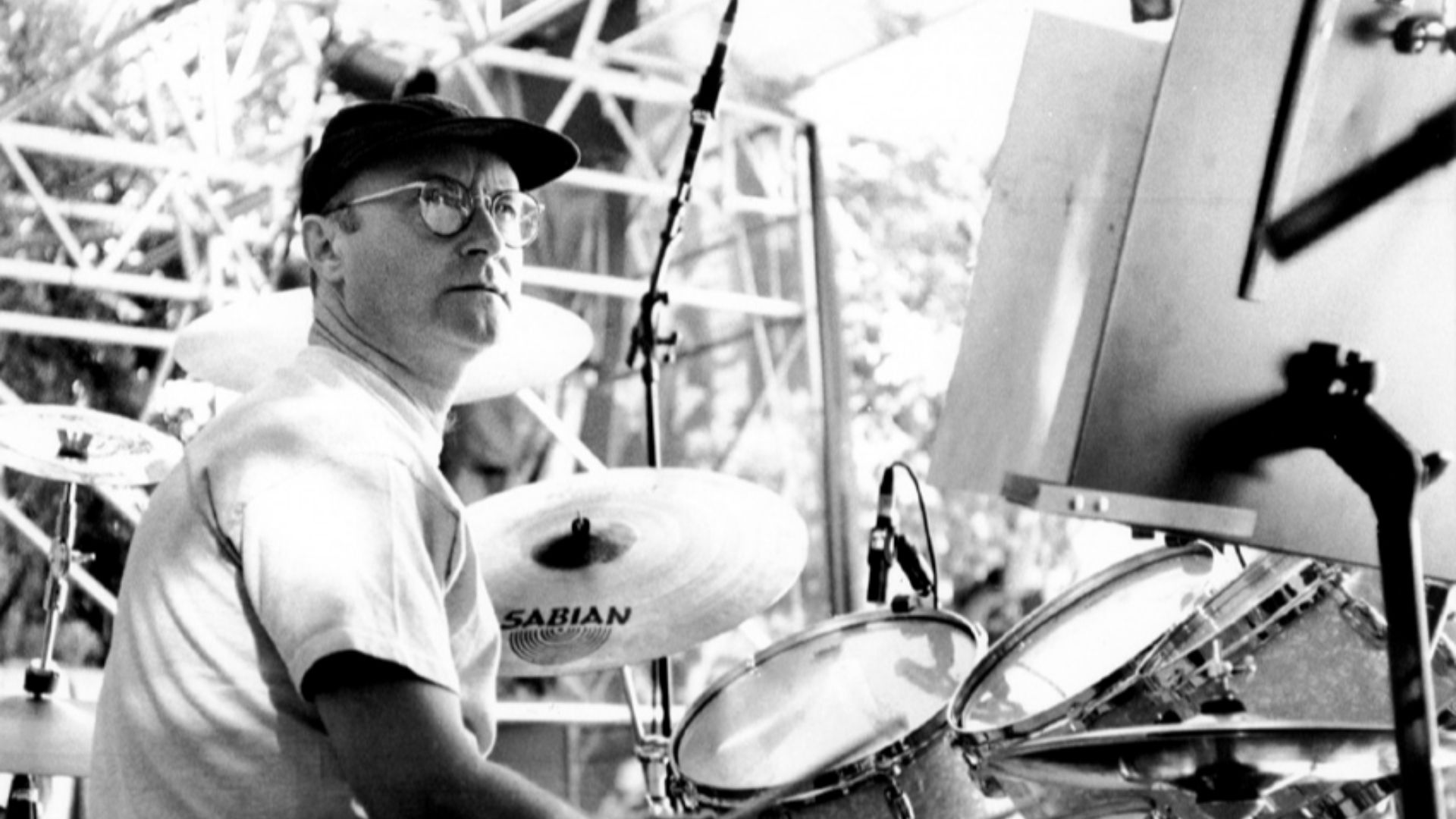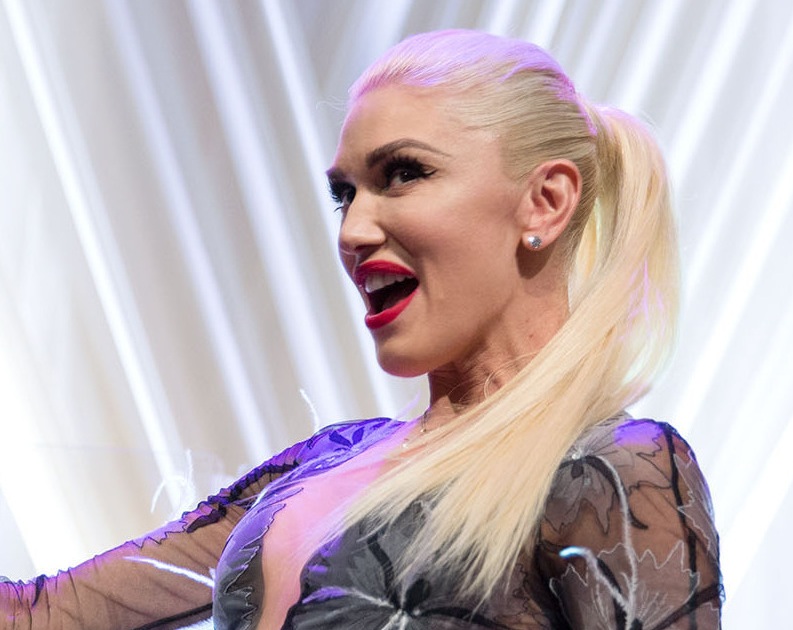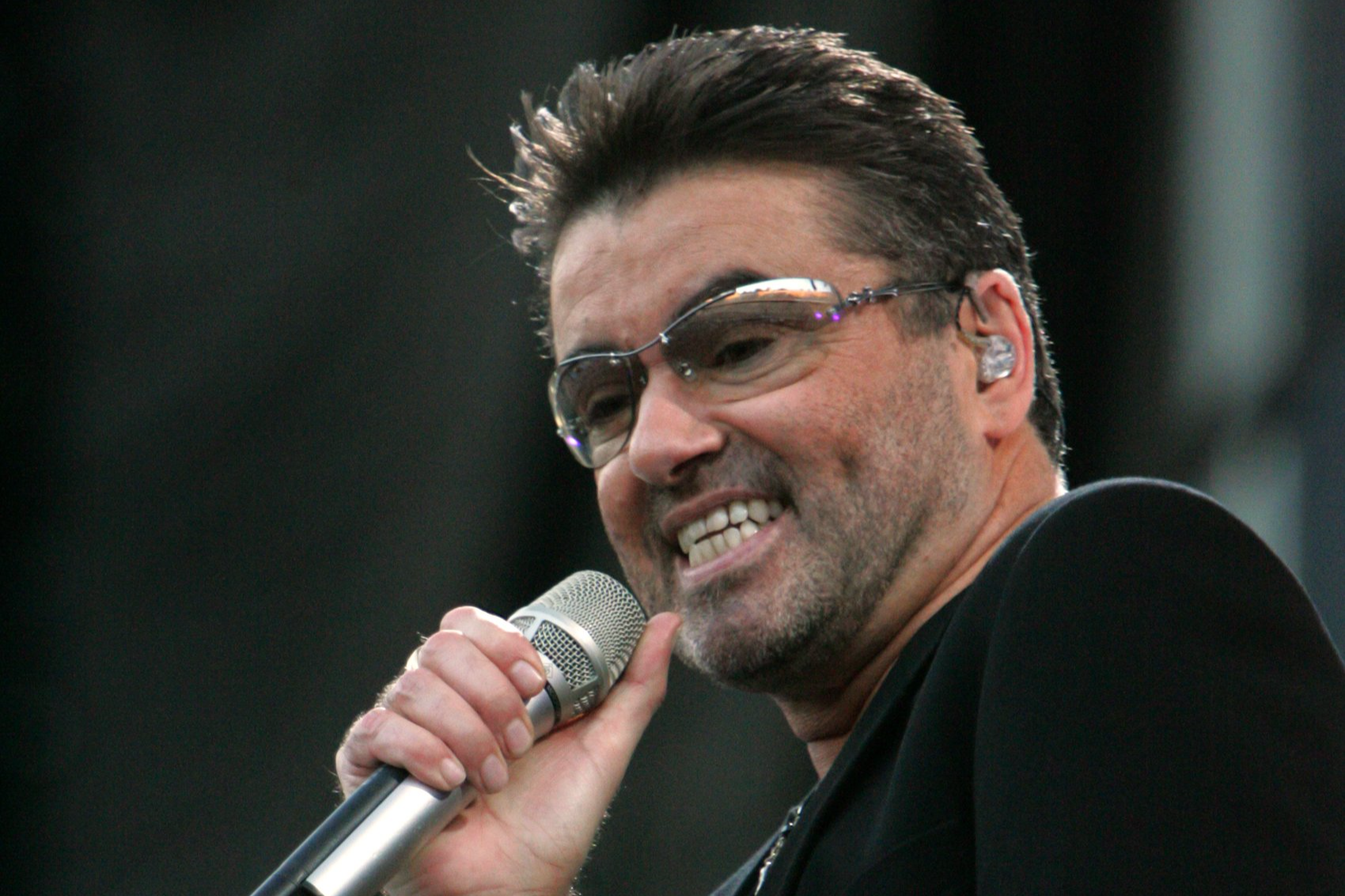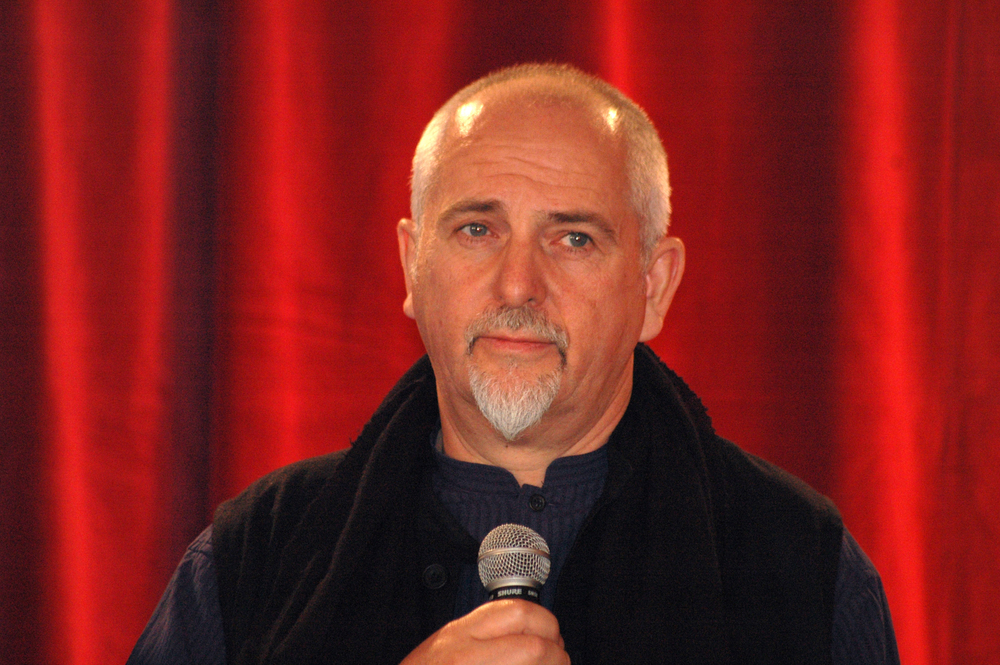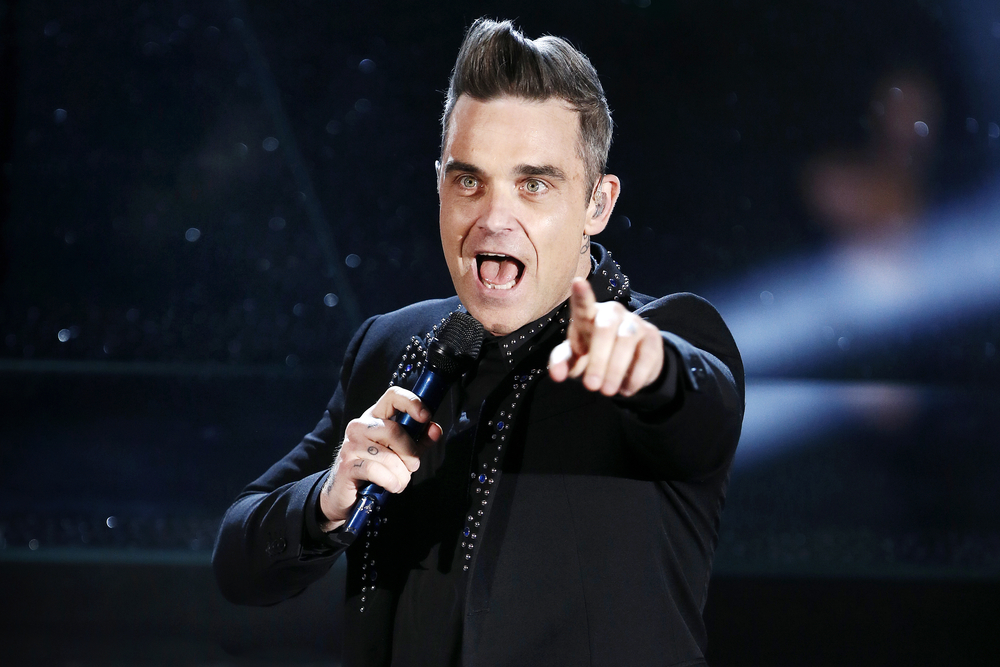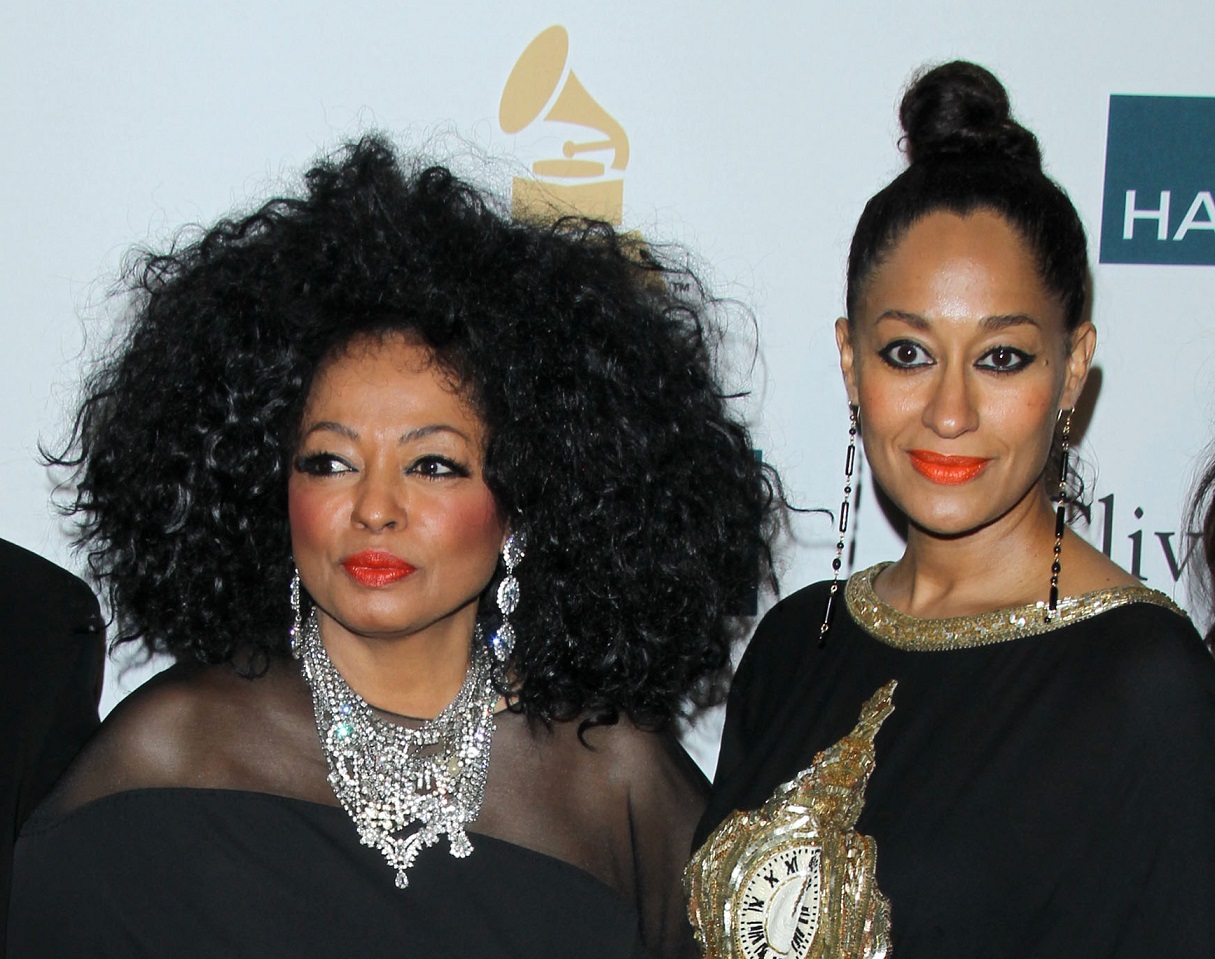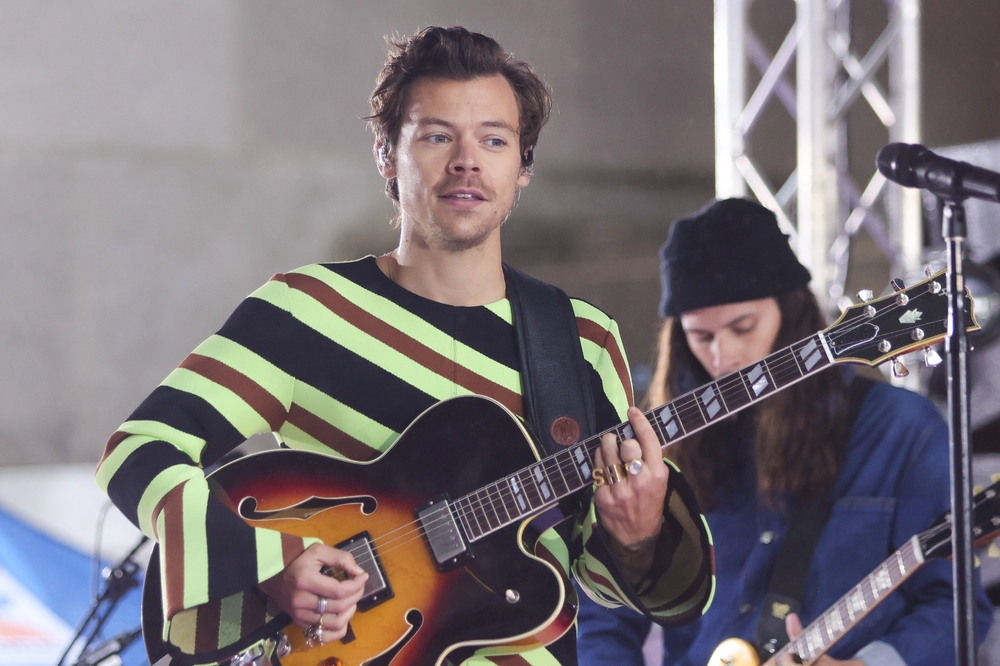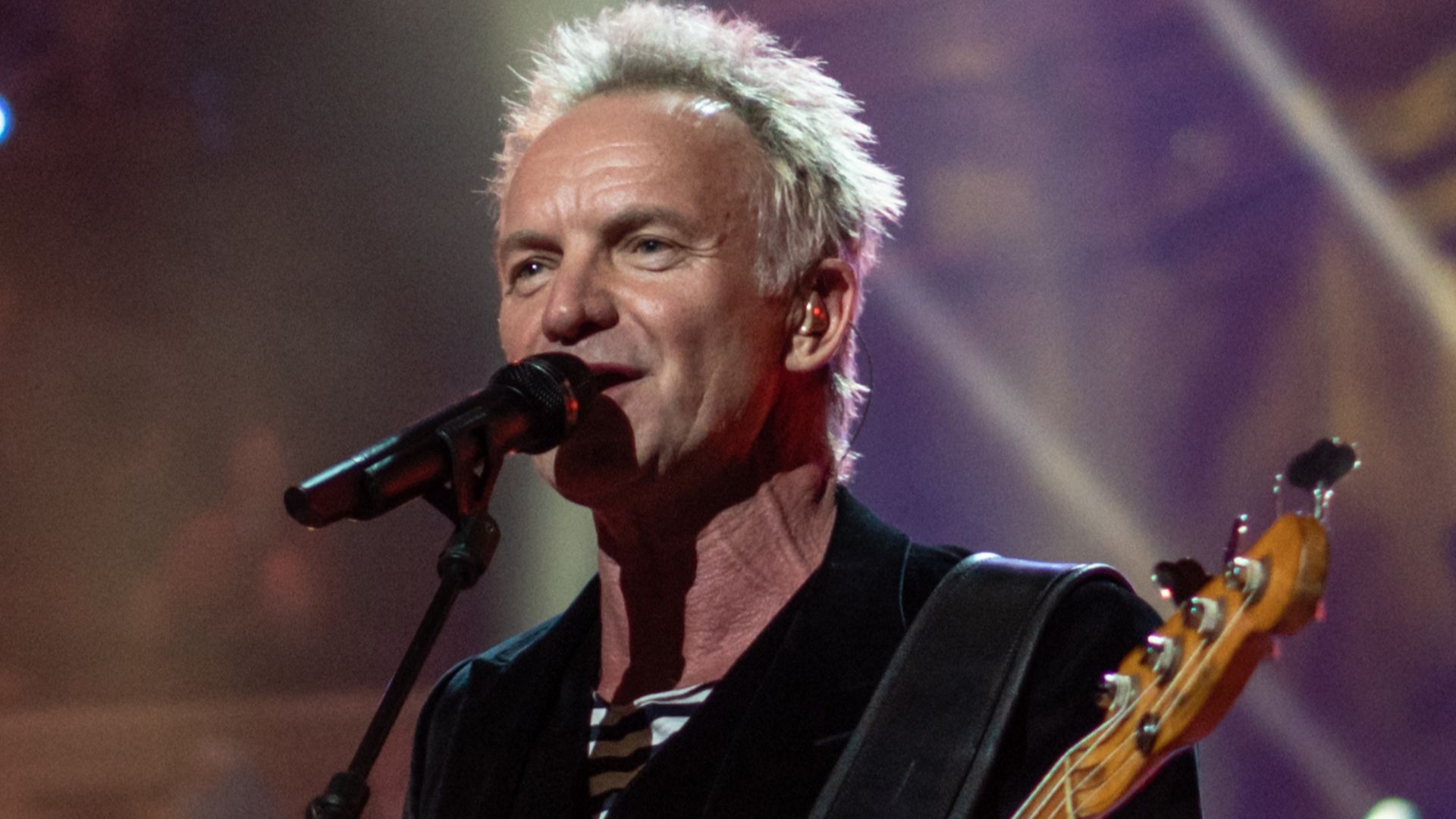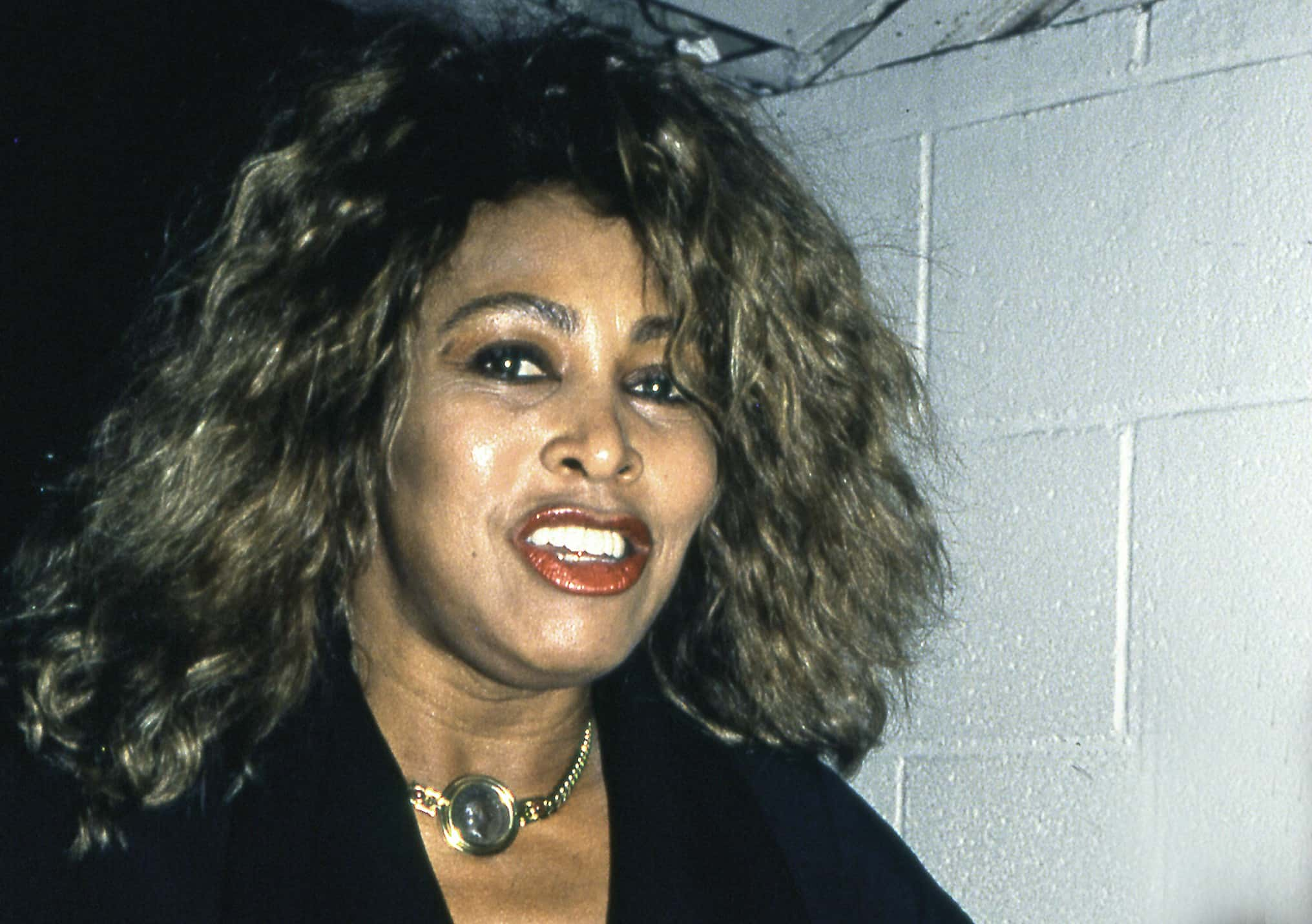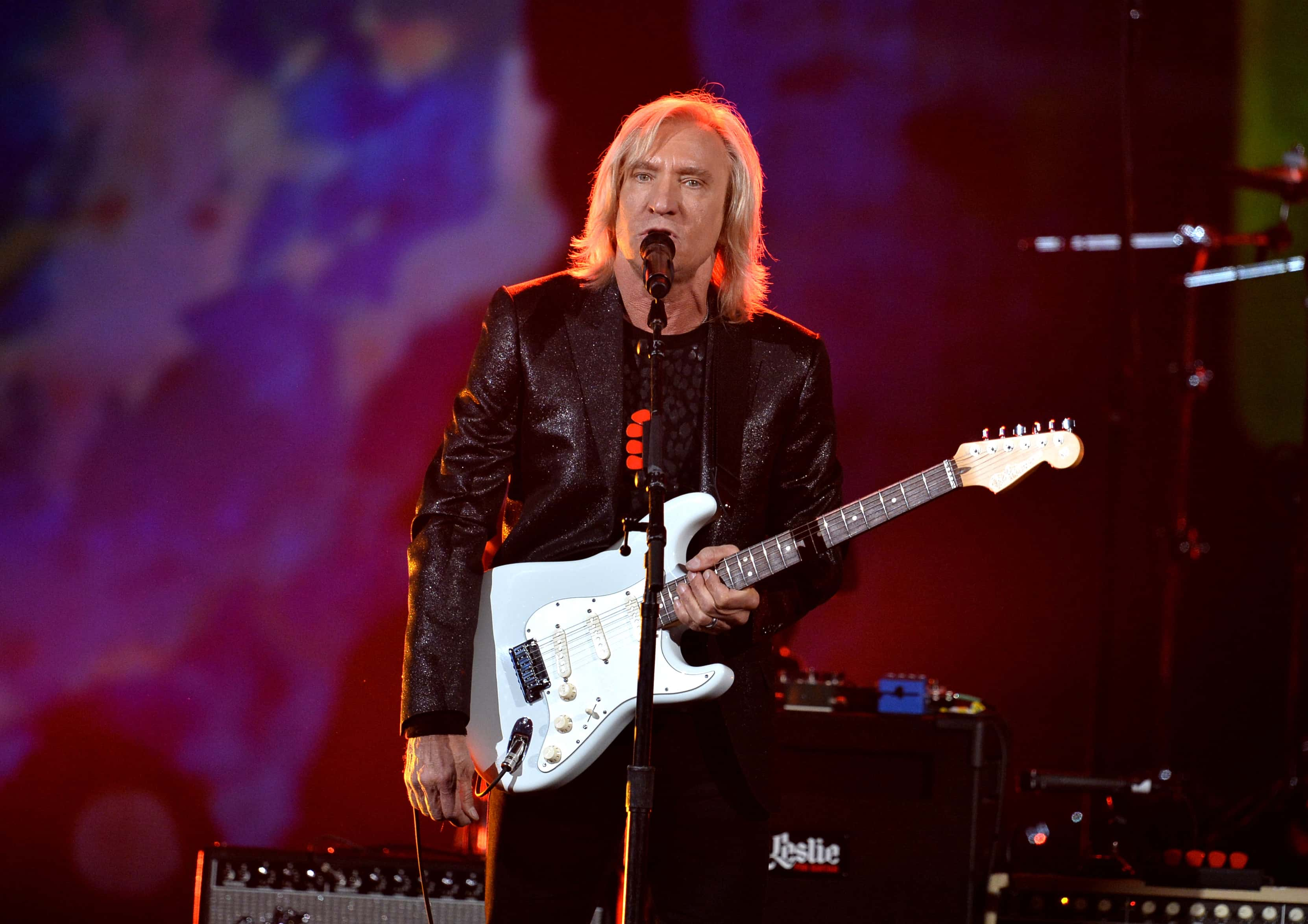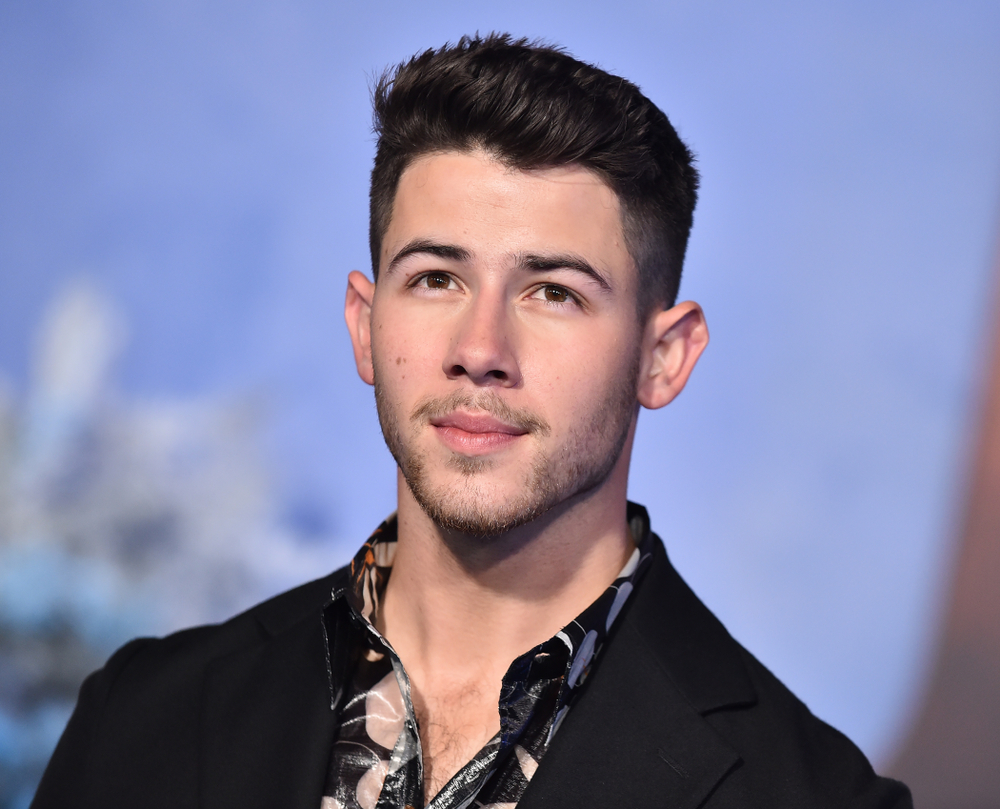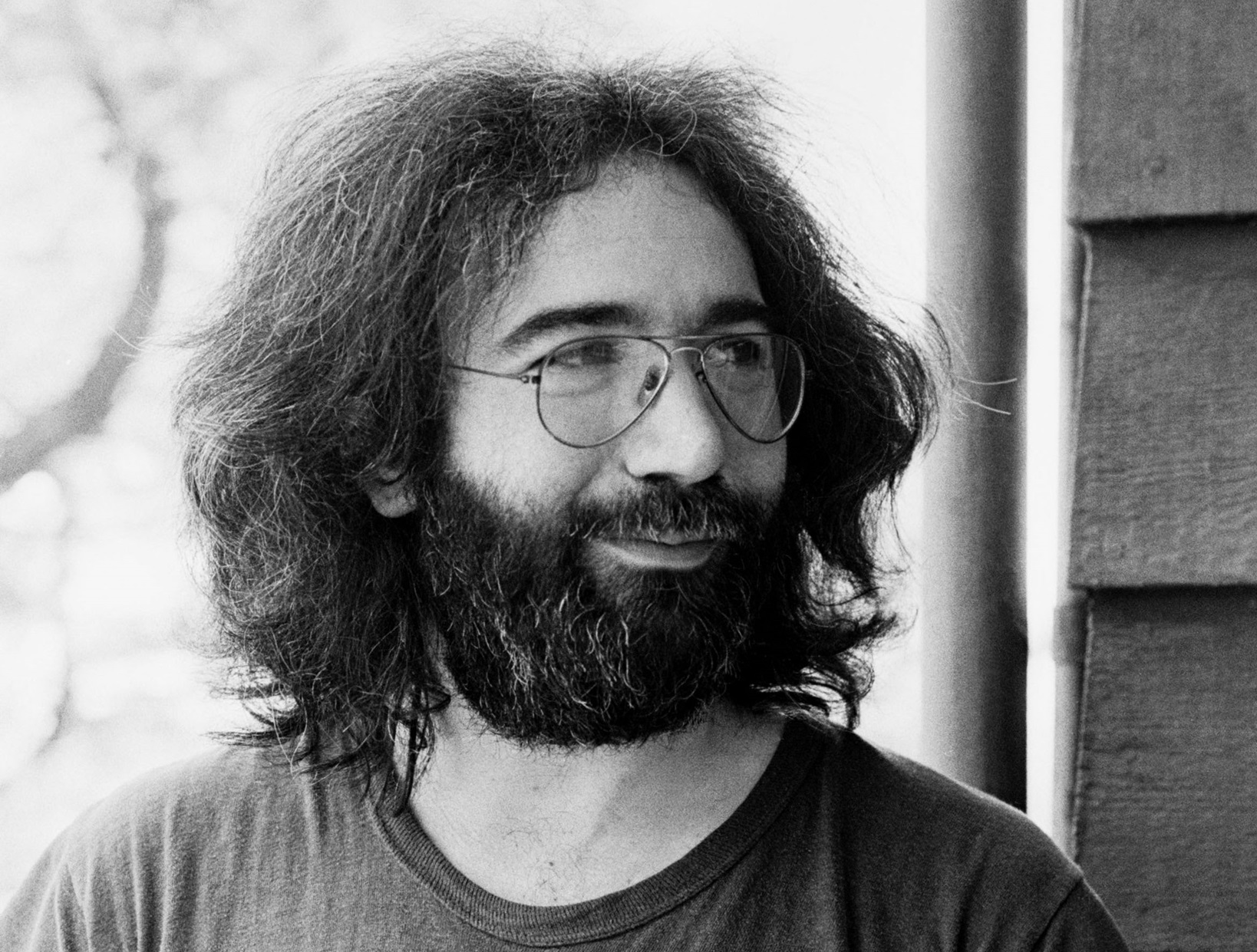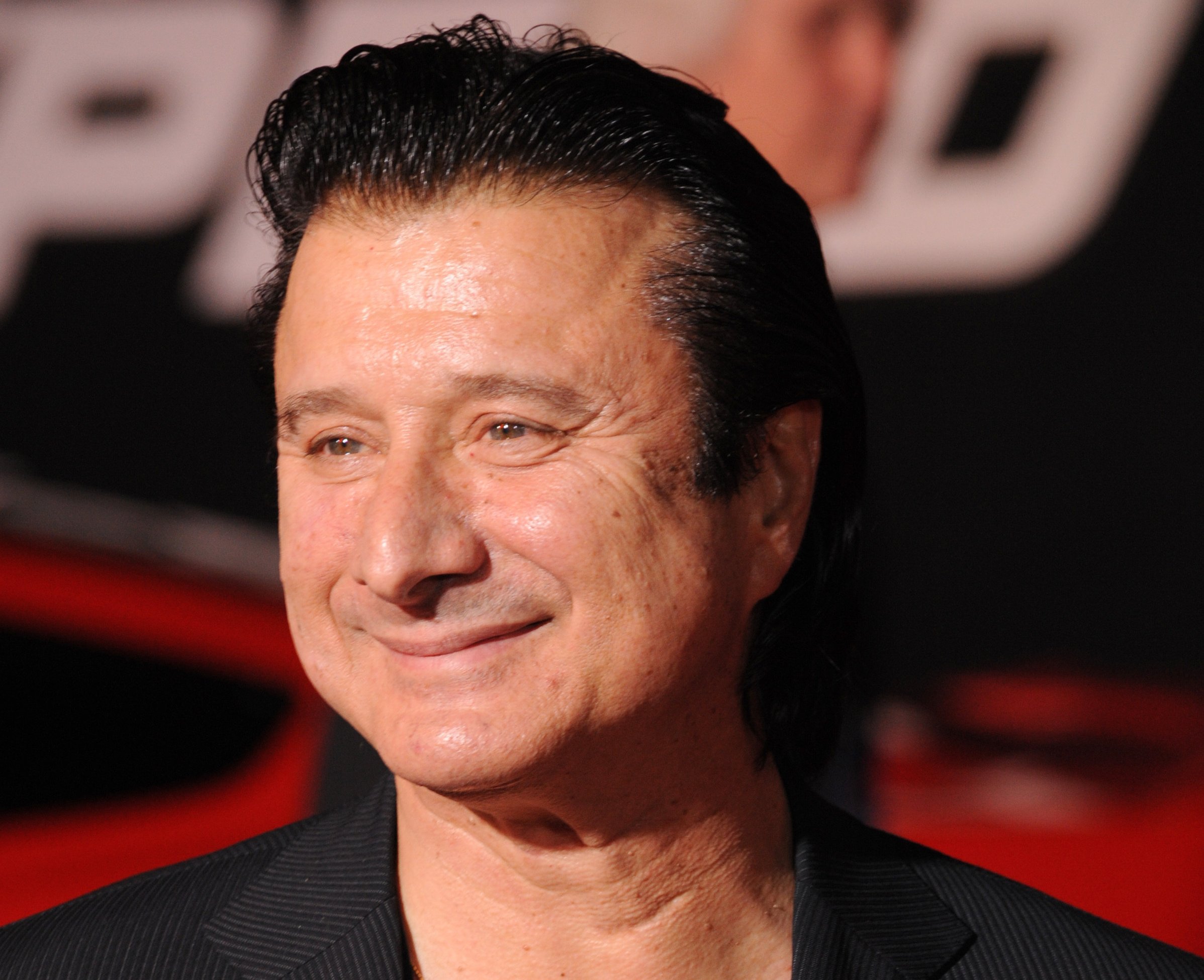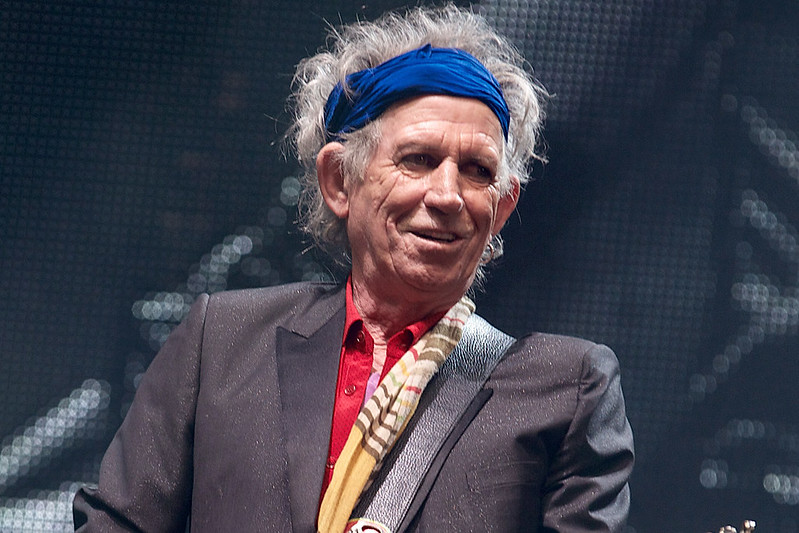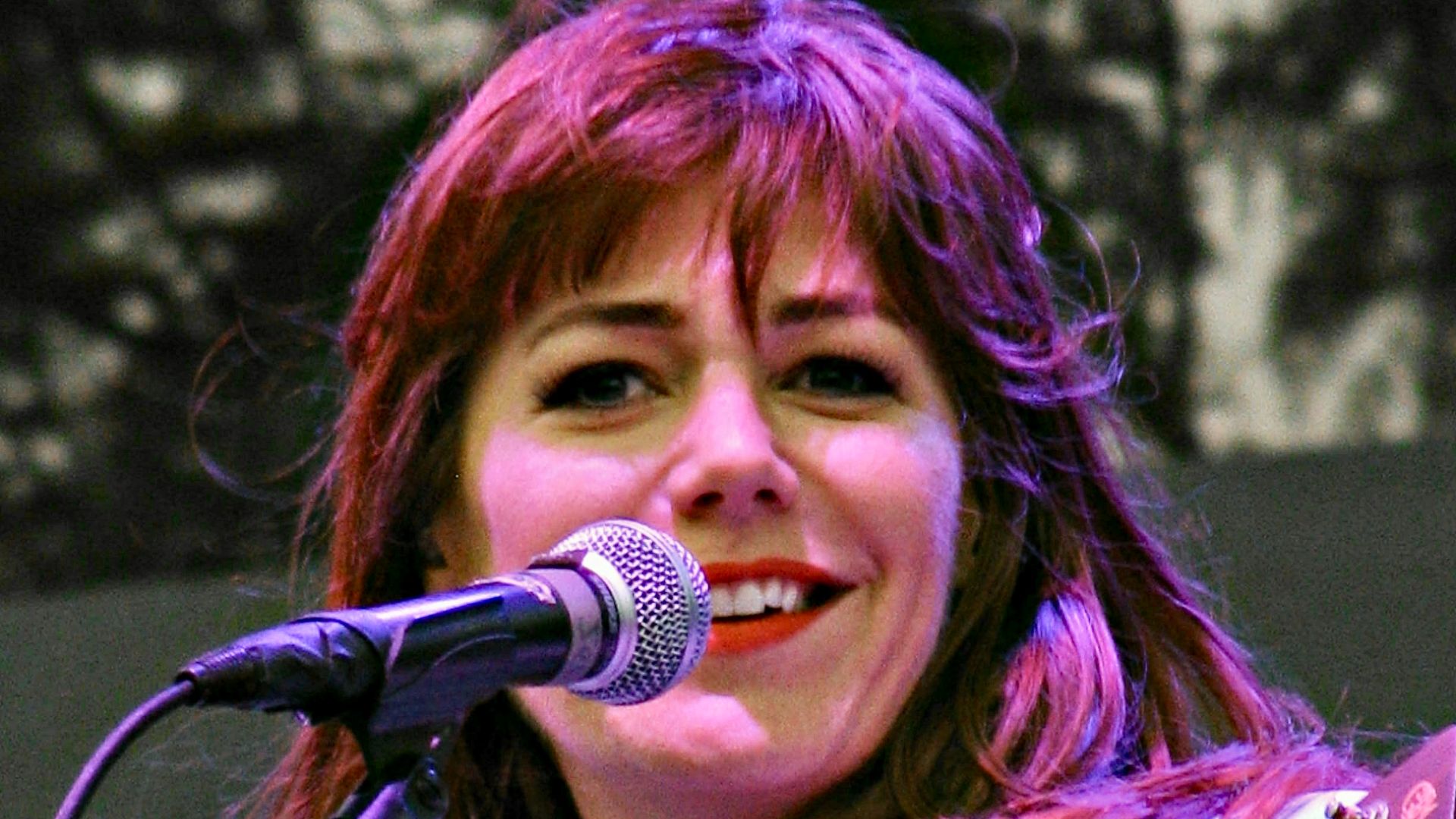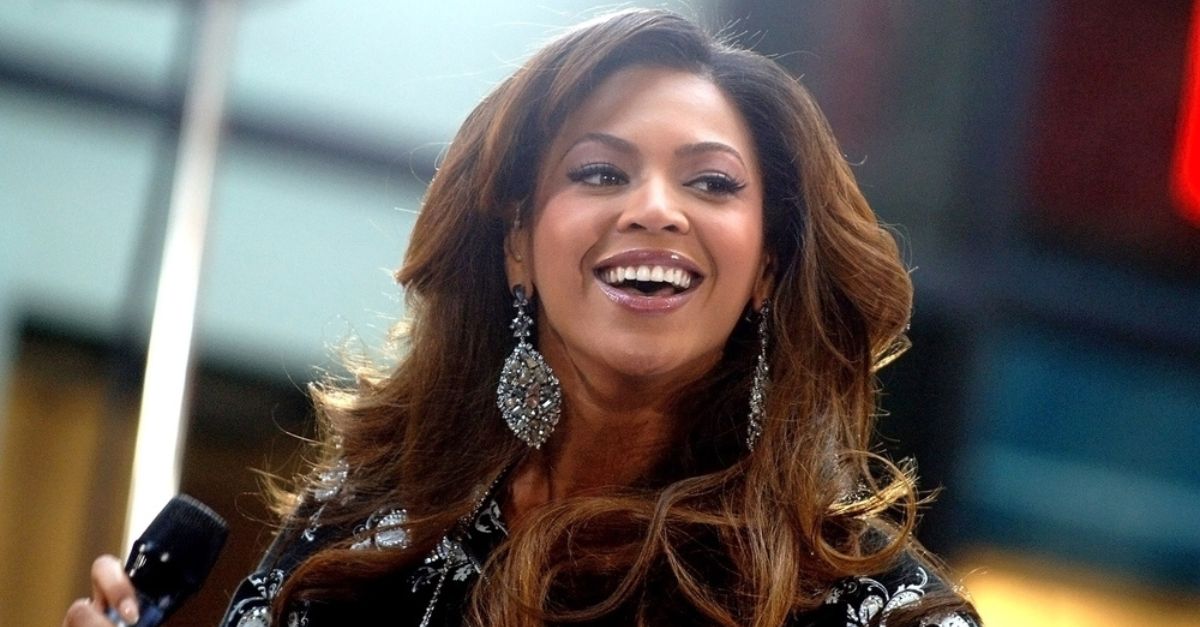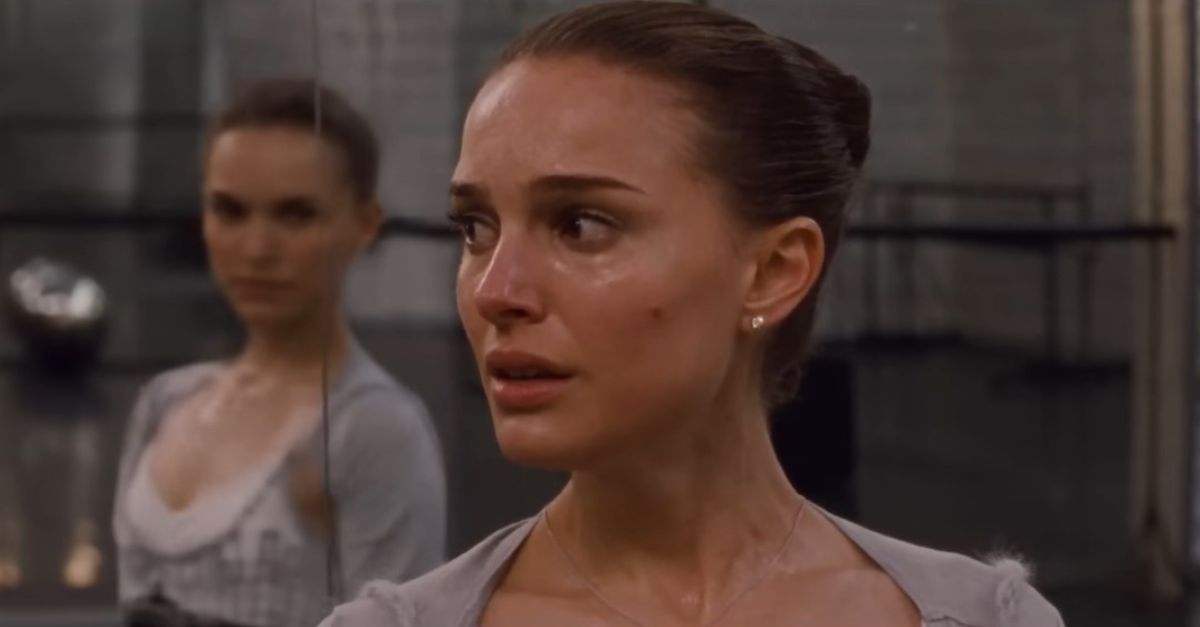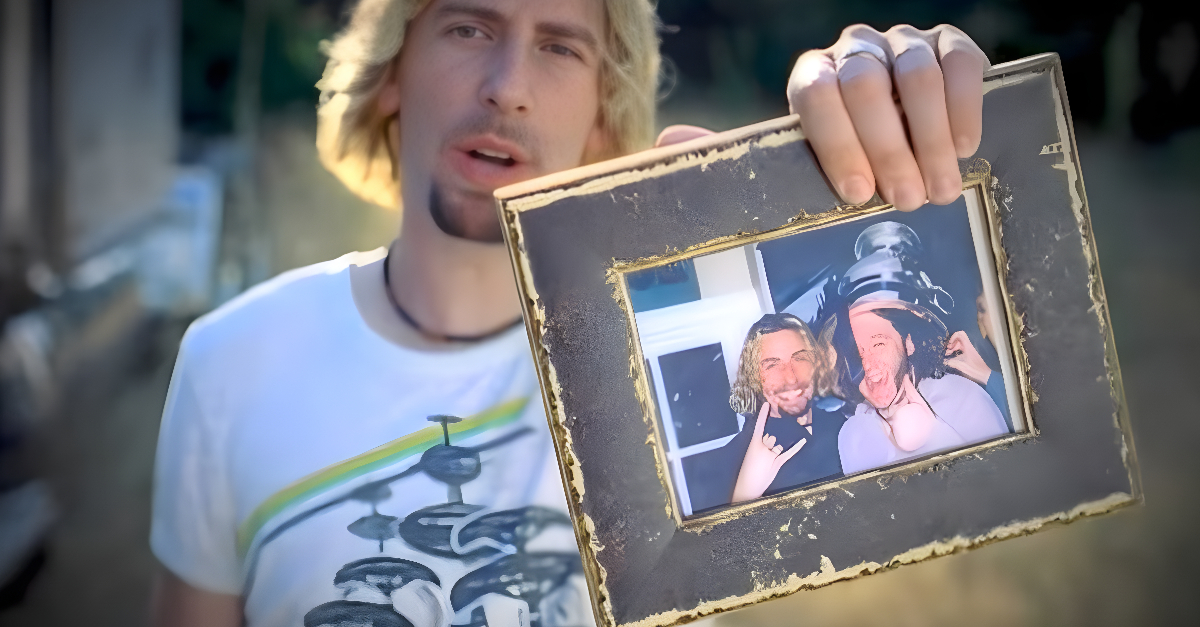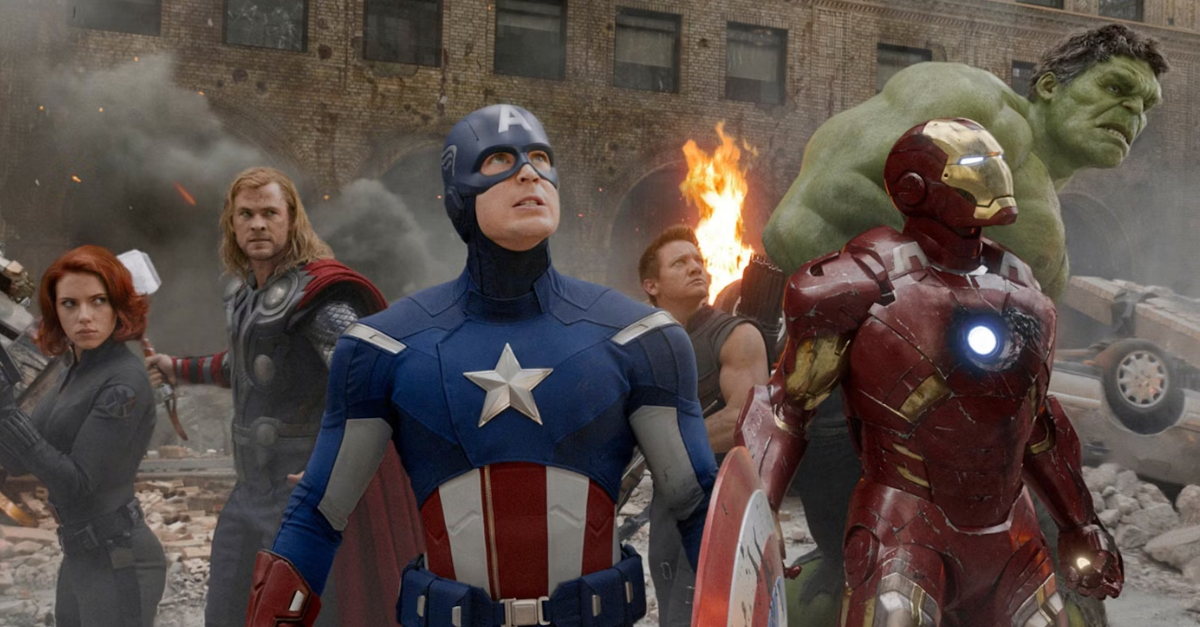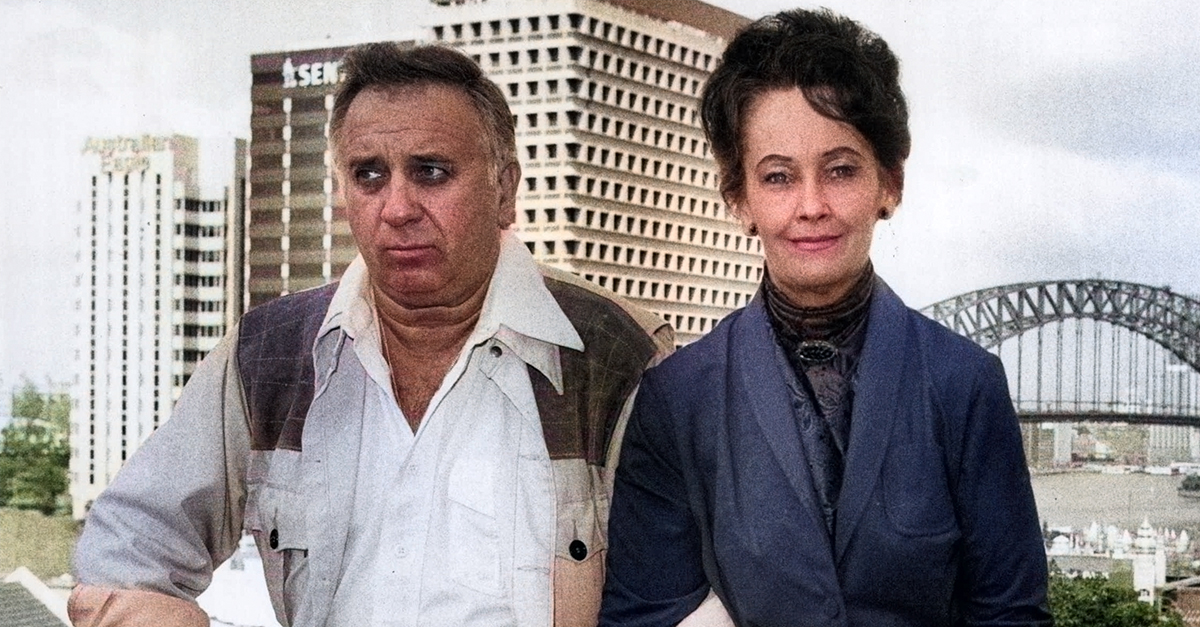The Stage Got Bigger
Leaving a band can risk obscurity. However, some artists proved otherwise by expanding their reach and redefining their sound into something that lasted.
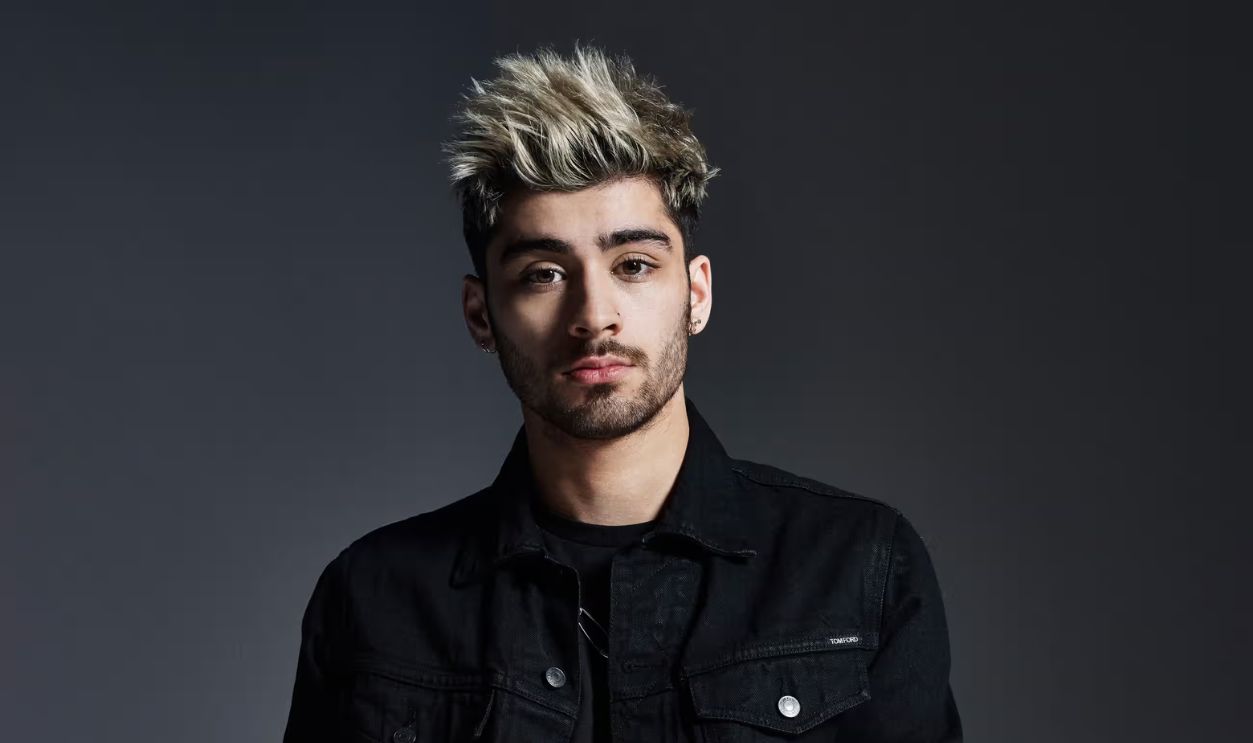
Michael Jackson
His 1982 album Thriller remains the best-selling record globally, with over 70 million copies sold. In 1984, he won eight Grammys in one night, which set a record that still stuns. Reinvention became a revolution when Michael Jackson stepped away from The Jackson 5 and started over.
Phil Collins
He was never meant to be the frontman. But after stepping up as Genesis's lead vocalist, Phil Collins didn't stop there. His 1985 solo album No Jacket Required sold over 12 million copies in the US and earned three Grammys, which included the coveted Album of the Year.
Gwen Stefani
No Doubt made her a ska-punk star, but Love. Angel. Music. Baby. made her a solo icon. The 2004 album fused pop and Harajuku flair. "Hollaback Girl" became the first digital song to sell over a million downloads in the US, cementing her pop credentials.
George Michael
After Wham!, George Michael ditched the pop sheen and seized full creative control. His 1987 album Faith made history as the first by a white solo artist to top the R&B chart. He wrote and arranged every song, ultimately earning the 1989 Grammy for Album of the Year.
Peter Gabriel
When Peter Gabriel left Genesis in 1975, he pursued risk over comfort. His 1986 album So blurred the lines between art rock and pop. Its hit single "Sledgehammer" broke records as MTV's most-played video and helped the album go 5× Platinum in the United States.
Beyonce
After Destiny's Child, Beyonce stepped onto the stage alone and reshaped her identity as an artist. Her surprise 2013 self-titled album sold over 800,000 digital copies in just three days. And in 2023, she became the most-awarded woman in Grammy history with 32 wins.
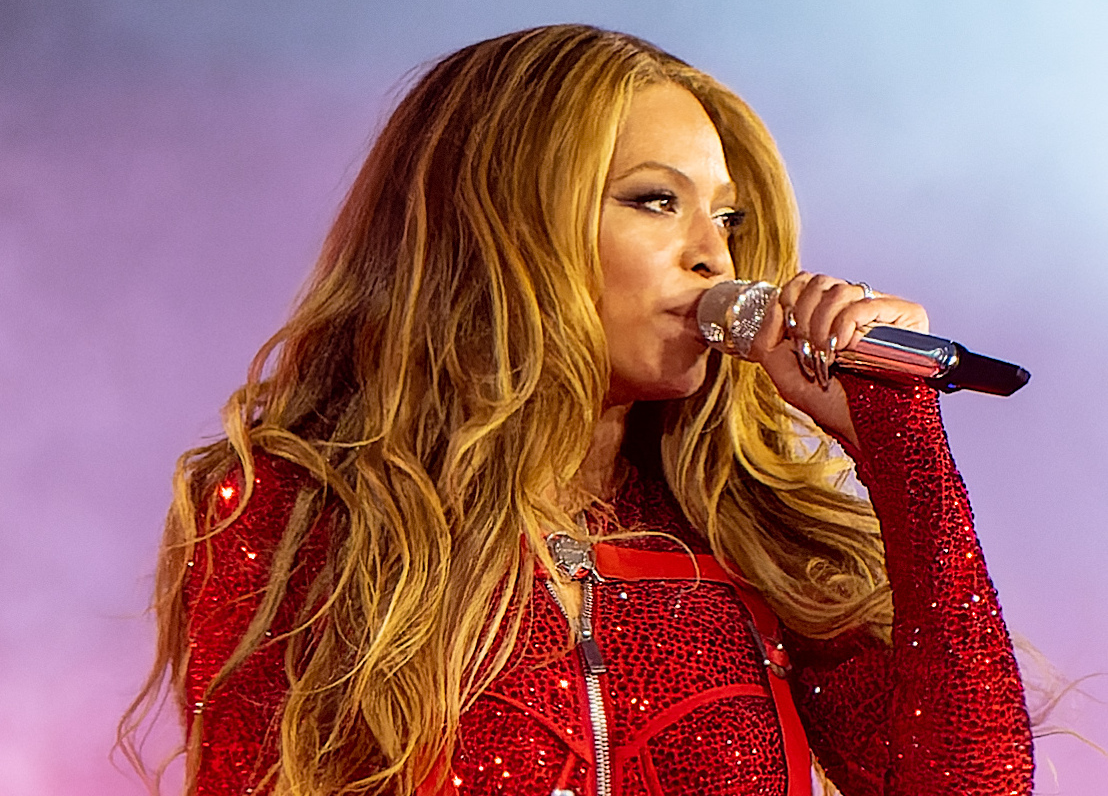 Raph_PH, CC BY 2.0, Wikimedia Commons
Raph_PH, CC BY 2.0, Wikimedia Commons
Robbie Williams
Robbie Williams launched his solo career in 1997 with Life Thru a Lens, which sold over 2.4 million copies in the UK. The single "Angels" became a lasting cultural touchstone. Though his Take That exit stirred headlines, his music quickly established him as a singular voice.
Diana Ross
When Diana Ross left The Supremes in 1970, she stepped into the spotlight with immense anticipation surrounding her solo debut. And boy, did she deliver. "Ain't No Mountain High Enough" topped the Billboard Hot 100. In 2012, she got the Grammy Lifetime Achievement Award.
Harry Styles
His solo debut topped the UK and US charts, but Harry's House (2022) sealed his artistry by winning Album of the Year at the Grammys. He made history as Vogue's first solo male cover star. Safe to say that Styles emerged from One Direction with both sound and artistic direction.
Sting
Sting left The Police in 1986 and immediately carved a new identity: the first solo album, The Dream of the Blue Turtles, fused jazz and pop. The album went triple Platinum and earned multiple Grammy nominations, which established him as a genre-blending solo force.
Lauryn Hill
The only solo studio album, The Miseducation of Lauryn Hill (1998), became a landmark release. It won five Grammys, including Album of the Year—the first hip-hop-influenced record to earn the honor. Its impact endured following her breakout with The Fugees.
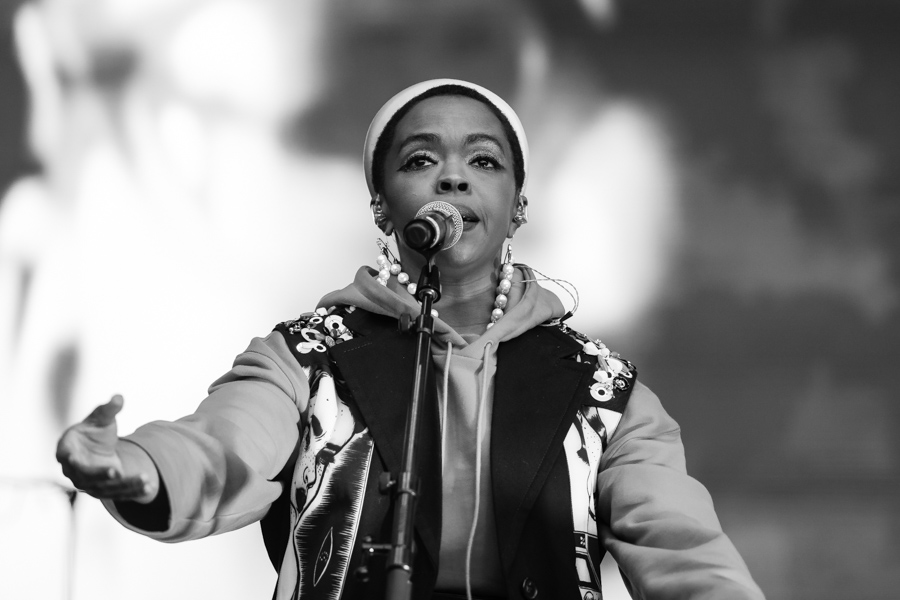 Tore Saetre, CC BY-SA 4.0, Wikimedia Commons
Tore Saetre, CC BY-SA 4.0, Wikimedia Commons
Lionel Richie
After fronting The Commodores, Lionel Richie transitioned into soft pop with Can't Slow Down (1983). The album sold over 20 million copies globally and won Album of the Year. "Hello" became a global sensation, and Richie's signature ballads reshaped adult contemporary music in the 1980s.
 Raph_PH, CC BY 2.0, Wikimedia Commons
Raph_PH, CC BY 2.0, Wikimedia Commons
Tina Turner
Before launching her solo success, Tina Turner had spent years in the spotlight as part of the Ike & Tina Turner Revue. Her first hit as a solo artist came with "What's Love Got to Do with It", a chart-topper that crowned her the oldest woman to lead the Billboard Hot 100.
Justin Timberlake
Justin Timberlake broke from NSYNC in 2002 to reshape his identity—and how! His 2006 album FutureSex/LoveSounds debuted at No 1 in the US and produced three Billboard No 1 hits. Critics praised its production and innovation by calling it a defining record. 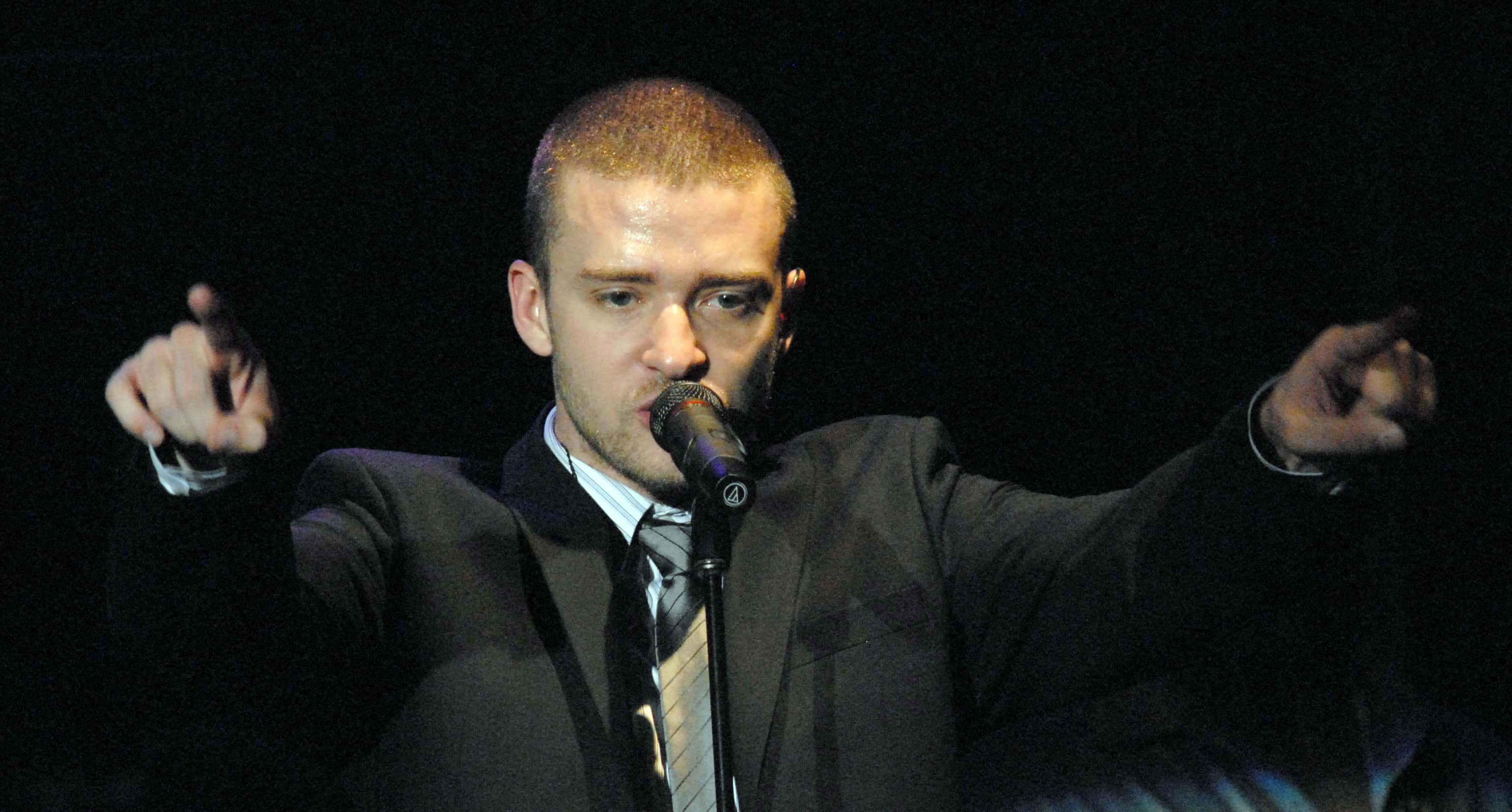 The Washington Post, Getty Images
The Washington Post, Getty Images
Eric Clapton
Before going solo, Eric Clapton played for The Yardbirds and Derek & The Dominos. His 1992 album Unplugged became one of the best-selling live albums ever, with over 26 million copies sold. The acoustic version of "Layla" earned him renewed acclaim and Grammy success.
Camila Cabello
Camila (2018) introduced Camila Cabello as a solo force. The album's lead single, "Havana", reached No 1 in over 20 countries. She became the first woman since Adele to simultaneously top both the Billboard Artist 100 and Billboard 200 charts in a single week.
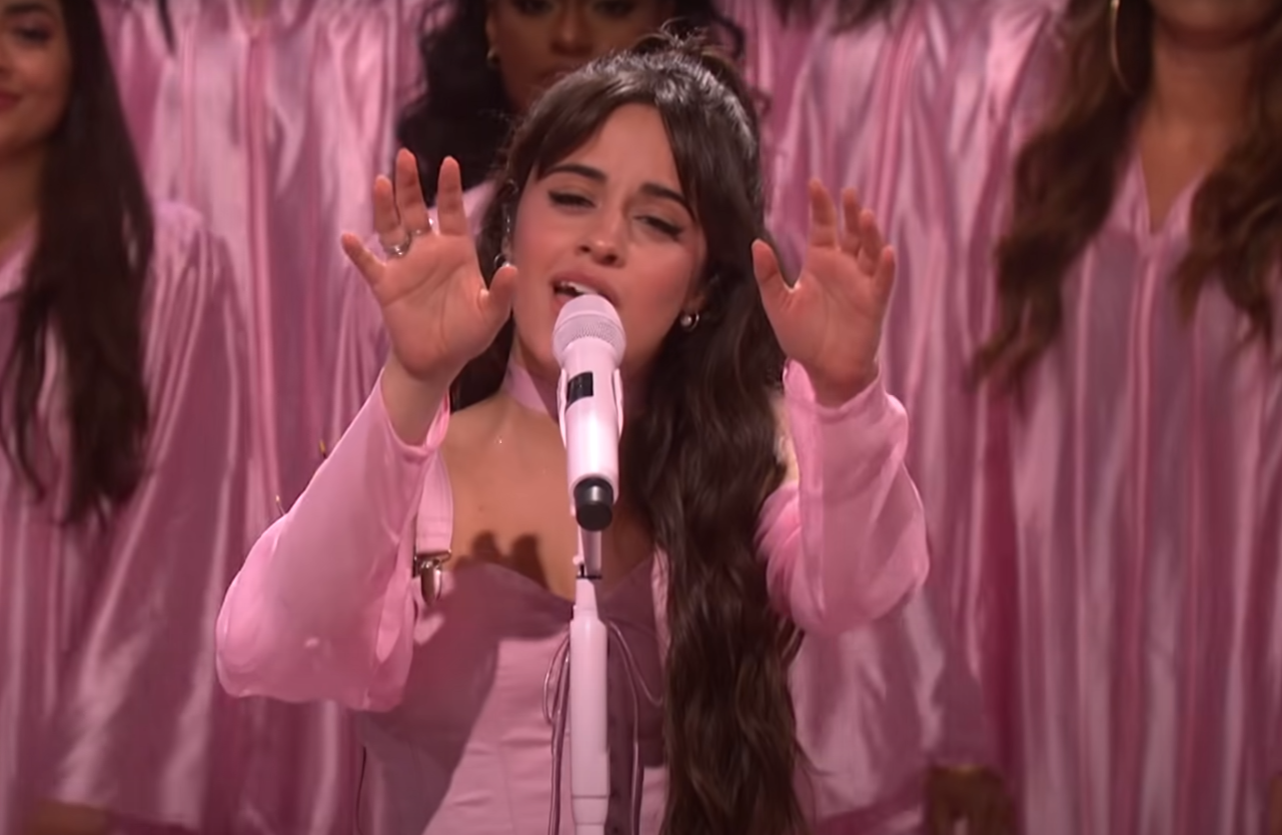 Time Telepictures Television, The Ellen DeGeneres Show (2003-2023)
Time Telepictures Television, The Ellen DeGeneres Show (2003-2023)
Don Henley
Don Henley's 6× Platinum release, The End of the Innocence, signaled his rise as a solo artist known for thoughtful and political lyrics. A founding member of the Eagles, he had already made waves with "The Boys of Summer", which won a Grammy in 1984
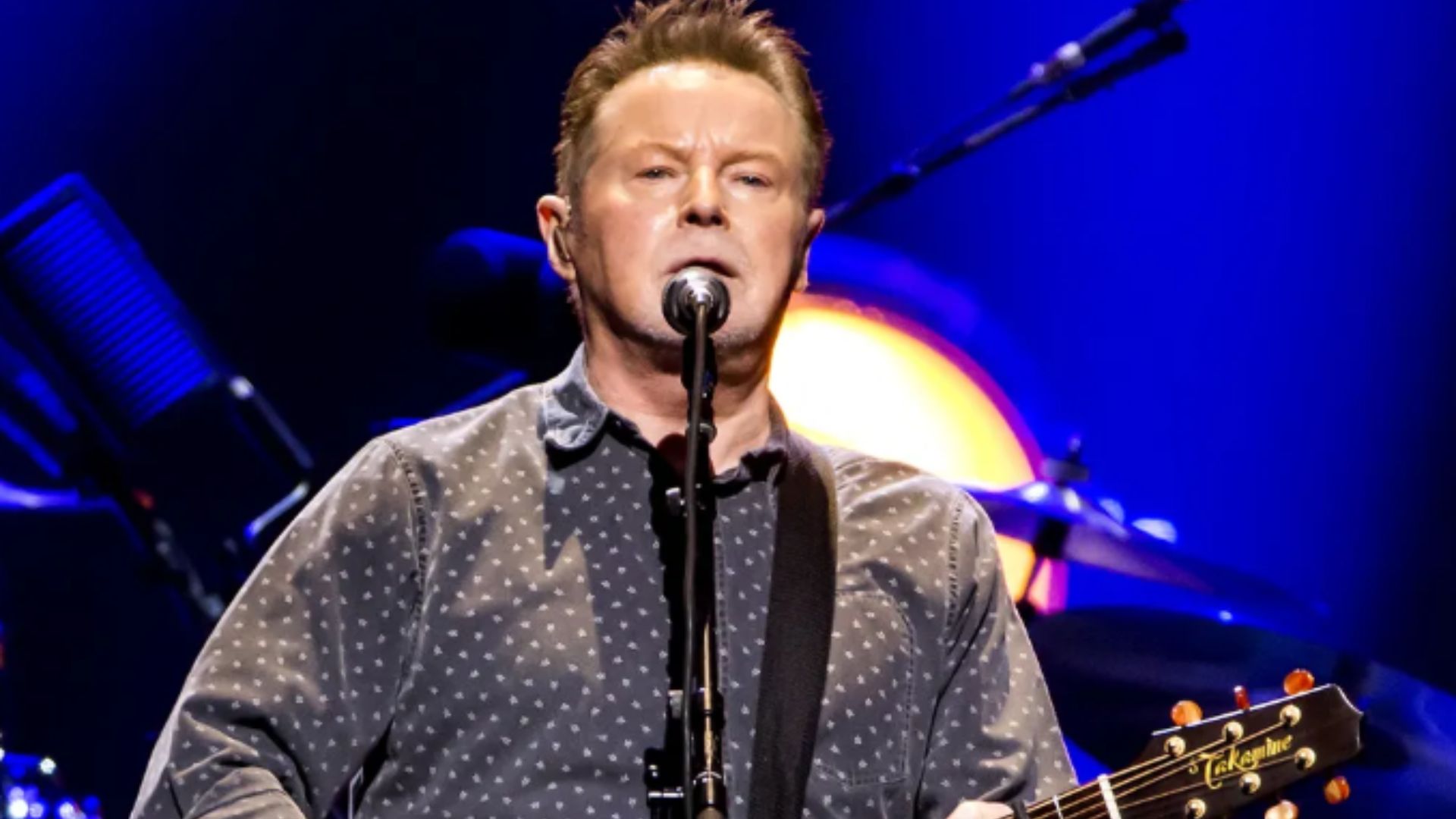 Derek Russell, Wikimedia Commons
Derek Russell, Wikimedia Commons
Debbie Harry
Her 1981 album KooKoo, produced by Nile Rodgers and Bernard Edwards, showcased Debbie Harry's genre range. While fronting Blondie, she balanced solo efforts that expanded her sound. Her bold fashion persona redefined the image of rock and pushed her beyond the identity of a group.
 Raph_PH, CC BY 2.0, Wikimedia Commons
Raph_PH, CC BY 2.0, Wikimedia Commons
Joe Walsh
His 1978 solo hit "Life's Been Good" was a satirical take on rock excess that reached No 12 on Billboard. Joe Walsh had solo success both before and after joining the Eagles, which created a rare career loop that allowed him to thrive inside and outside the band.
Annie Lennox
After rising with Eurythmics, Annie Lennox forged a powerful solo identity through Diva (1992), which earned four Grammy nominations. She became a UNAIDS ambassador and was named among the BBC's 100 Women to blend activism and artistry throughout her post-band legacy.
 Annie Lennox - Why (Official Music Video) by Annie Lennox
Annie Lennox - Why (Official Music Video) by Annie Lennox
Nick Jonas
"Jealous" became a double-Platinum hit from Nick Jonas's 2014 solo debut by marking a confident shift toward mature R&B. He also gained critical respect for his songwriting evolution outside of the Jonas Brothers. The man also joined "The Voice" as a coach during these years.
Billy Idol
Billy Idol stepped out of Generation X with theatrical flair. His 1983 solo album Rebel Yell went double-Platinum, powered by his visual branding and punk-glam appeal. With MTV on the rise, Idol's leather-and-sneer image became synonymous with early music video culture.
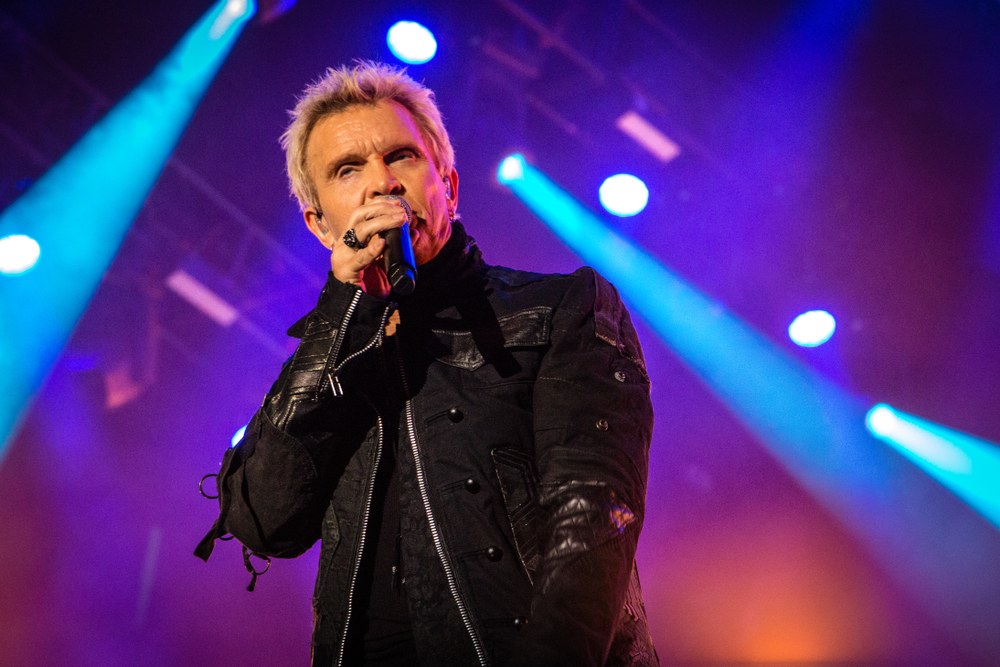 ChrisJamesRyanPhotography, Shutterstock
ChrisJamesRyanPhotography, Shutterstock
Patti LaBelle
Her 1986 duet "On My Own" with Michael McDonald reached No 1. In 2003, Patti LaBelle's solo catalog earned her a place in the Grammy Hall of Fame. She entered her solo era with unwavering determination and a voice that never wavered after Labelle disbanded.
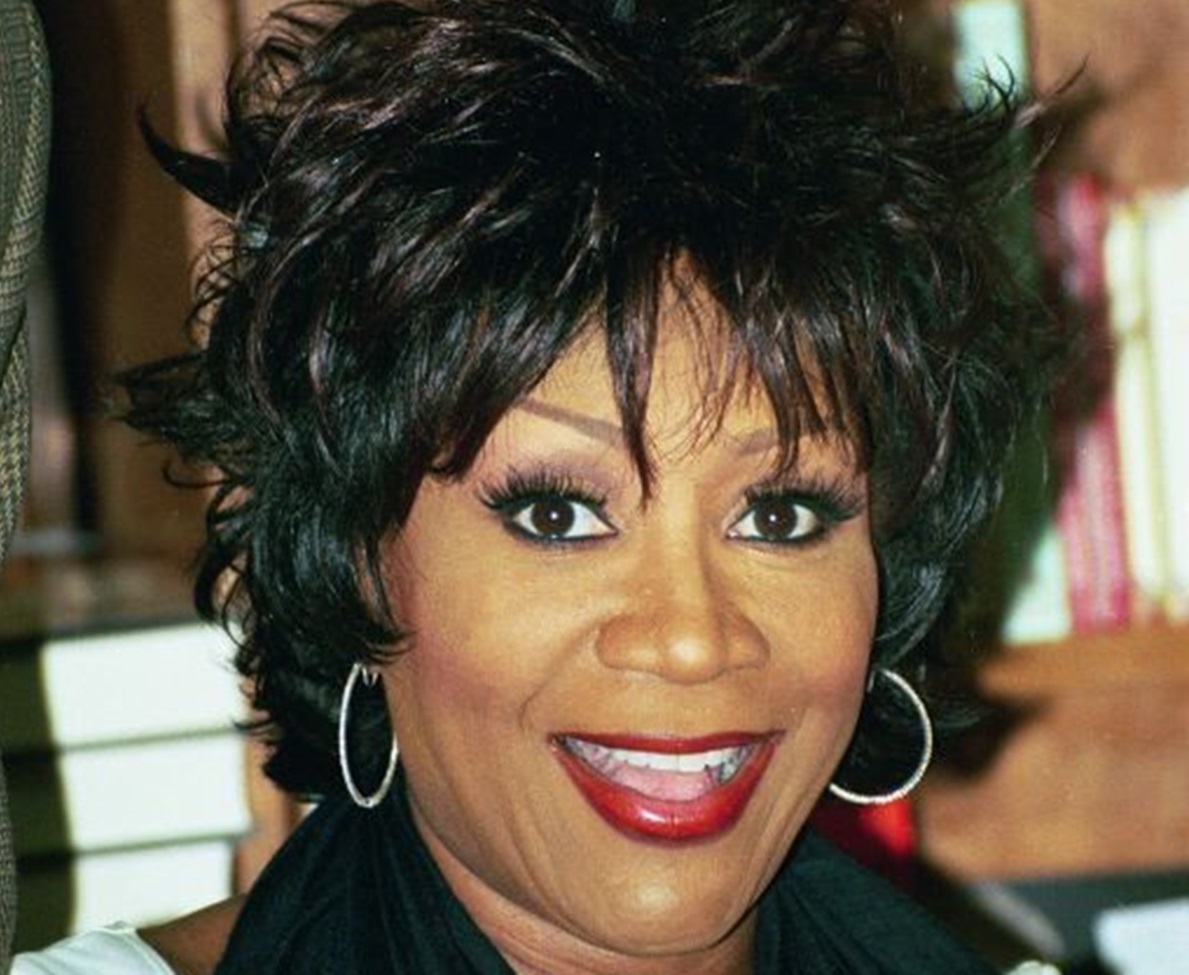 John Mathew Smith, CC BY-SA 2.0, Wikimedia Commons
John Mathew Smith, CC BY-SA 2.0, Wikimedia Commons
Jerry Garcia
While still the Grateful Dead's frontman, Jerry Garcia explored folk and bluegrass through his solo work. His 1972 album, Garcia, showed softer textures and lyrical introspection. Leading the Jerry Garcia Band, he widened his reach far beyond psychedelia and into deeply rooted American traditions.
Joan Jett
Rejected by 23 record labels, Joan Jett self-produced Bad Reputation (1980) and founded Blackheart Records. As the first woman to own a rock label, she built a platform for herself and others. After The Runaways, she became a feminist punk icon through independence and sheer grit.
 Steve Bibiano, Wikimedia Commons
Steve Bibiano, Wikimedia Commons
Steve Perry
Steve Perry vanished from the spotlight after leaving Journey in the late 1990s. In 2018, he returned with Traces, an emotional solo album that debuted at No 6 on the Billboard 200. His reappearance followed a two-decade silence that had become legendary.
Ozzy Osbourne
After being fired from Black Sabbath in 1979, Ozzy Osbourne launched a solo career with Blizzard of Ozz (1980). The album sold over 4 million copies. Osbourne later redefined his image again, and with reality TV success, he became one of metal's most enduring solo personalities.
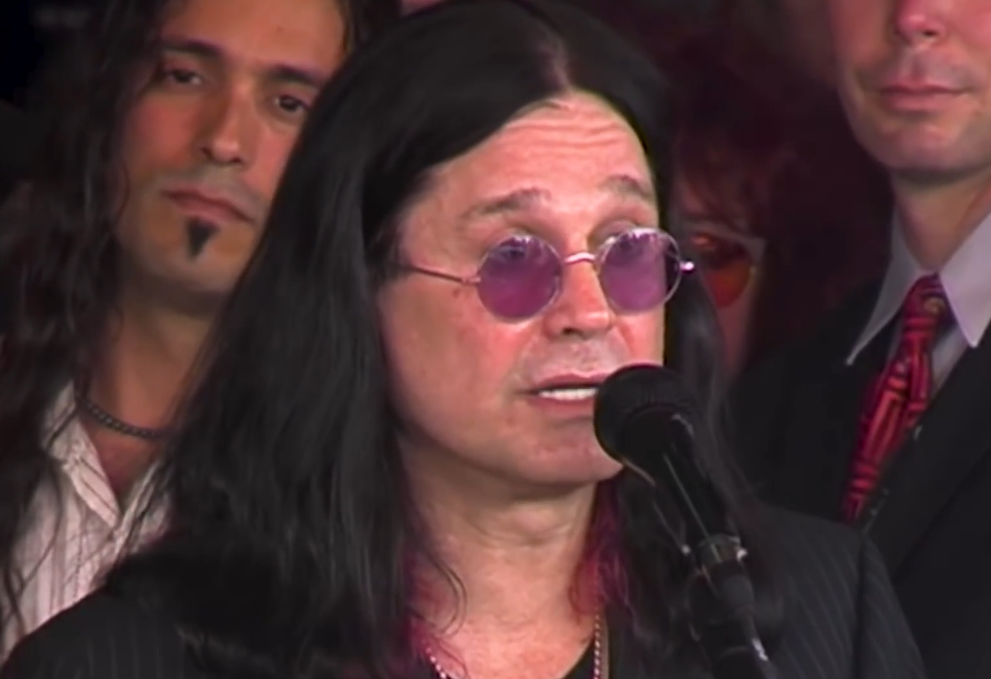 VMI Worldwide, Randy Rhoads: Reflections of a Guitar Icon (2022)
VMI Worldwide, Randy Rhoads: Reflections of a Guitar Icon (2022)
Busta Rhymes
After rising with Leaders of the New School, Busta Rhymes forged a solo identity defined by velocity and presence. His explosive delivery stood out in tracks with Mariah Carey and Janet Jackson. By the late 90s, he was a prominent fixture of hip-hop radio and visual culture.
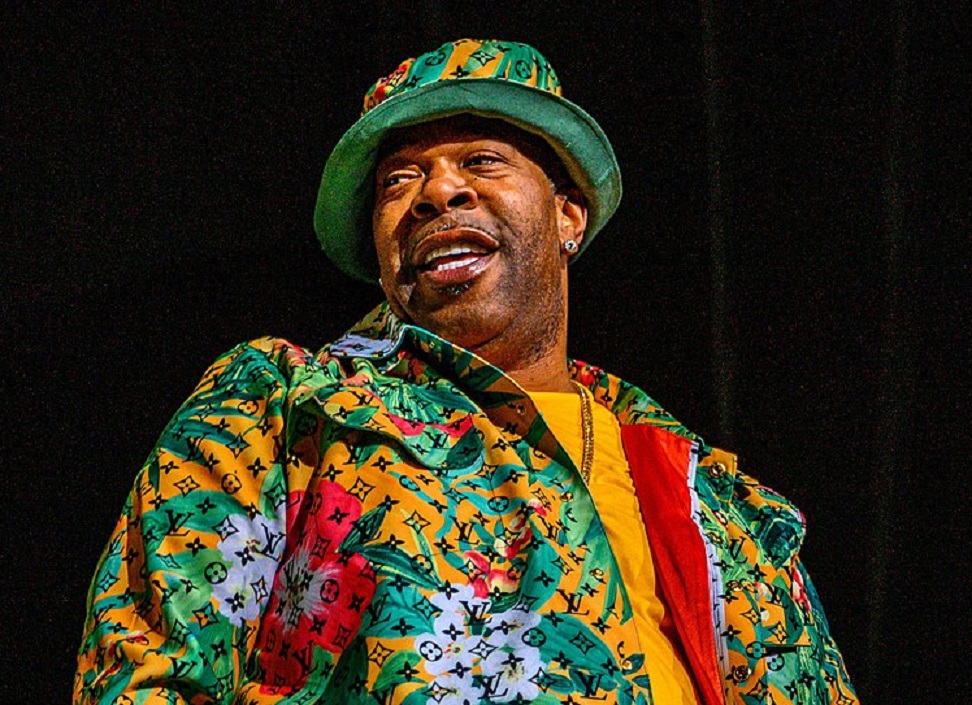 All-Pro Reels, CC BY-SA 2.0, Wikimedia Commons
All-Pro Reels, CC BY-SA 2.0, Wikimedia Commons
Paul McCartney
As of 2023, Paul McCartney holds 19 Grammys and remains a solo mainstay in music history. His 1980 album McCartney II took an unexpected electronic turn. After the Beatles split in 1970, he launched Wings and dominated the arena rock scene with fearless experimentation.
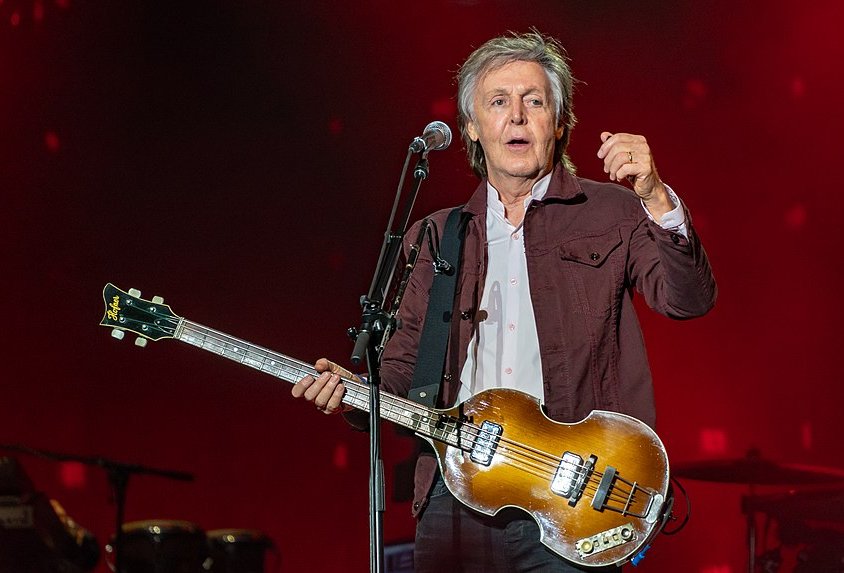 Raph_PH, CC BY 2.0, Wikimedia Commons
Raph_PH, CC BY 2.0, Wikimedia Commons
Ricky Martin
Ricky Martin's solo breakthrough came with "Livin' la Vida Loca" in 1999, which ignited the Latin pop explosion in the US. The single sold over 8 million copies worldwide. Originally part of Menudo, Martin brought global attention to bilingual pop and paved the way for new crossover acts.
 Steve Granitz, CC BY-SA 2.0, Wikimedia Commons
Steve Granitz, CC BY-SA 2.0, Wikimedia Commons
Keith Richards
Known as the Rolling Stones' guitarist, Keith Richards took a grittier route with his solo debut Talk Is Cheap in 1988. Critics praised its raw honesty and bluesy feel. The album allowed Richards to express a more introspective side away from the band's polished veneer.
Morrissey
In the UK, Morrissey's solo debut, Viva Hate, entered the charts at No 1 following the 1988 breakup of The Smiths. The album revealed a more introspective voice without losing its lyrical bite. His career sustained global cult devotion despite years of controversy.
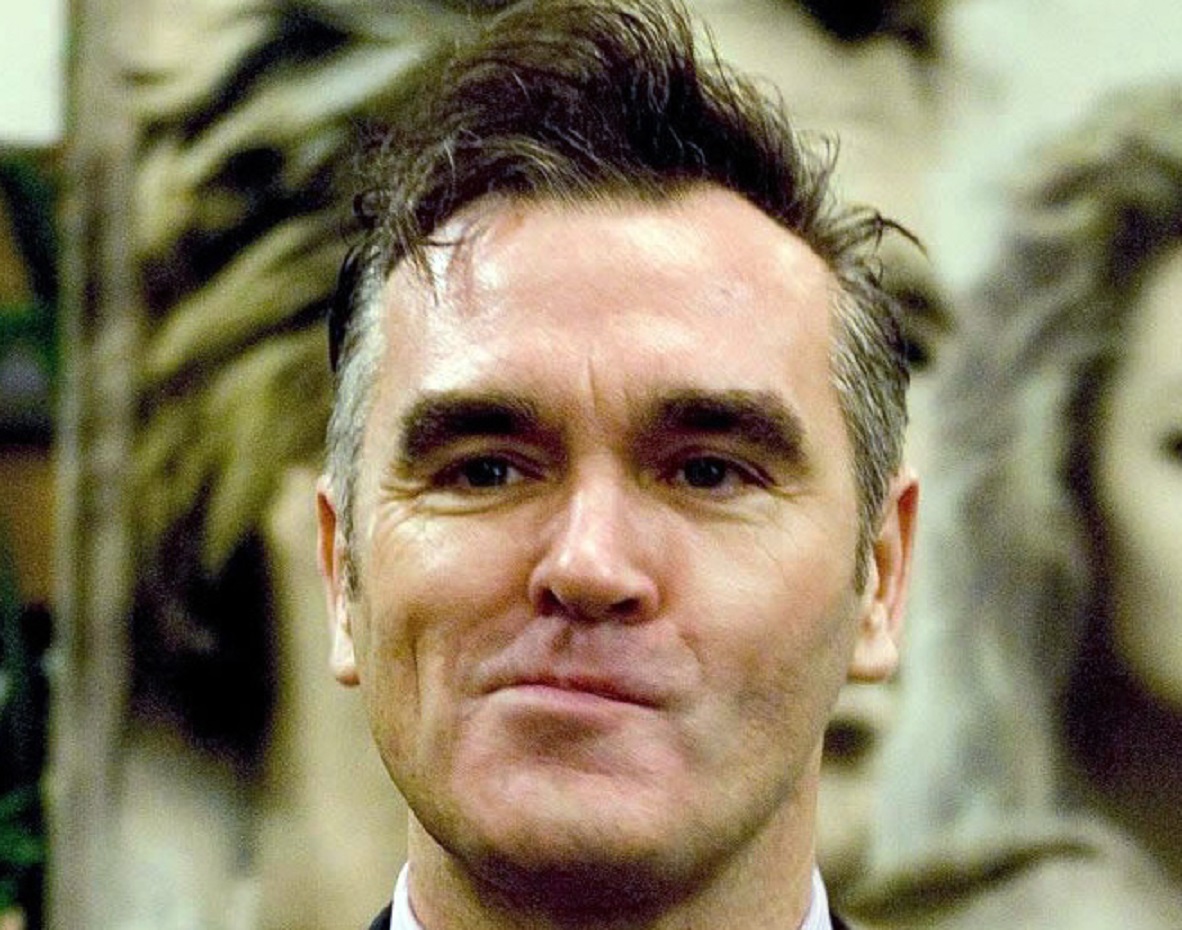 Caligvla, CC BY-SA 3.0, Wikimedia Commons
Caligvla, CC BY-SA 3.0, Wikimedia Commons
Ronnie James Dio
Ronnie James Dio had stepped out from Rainbow and Black Sabbath to form Dio in 1982. With soaring vocals and fantasy themes, Dio carved out a solo mythology that still resonates in metal culture today. His 1983 debut album, Holy Diver, became a heavy metal classic.
Fergie
Breaking from The Black Eyed Peas, Fergie released The Dutchess in 2006. The album produced three Billboard No 1 singles—"London Bridge" and "Big Girls Don't Cry". At the time, only Mariah Carey had matched that chart feat as a female solo artist.
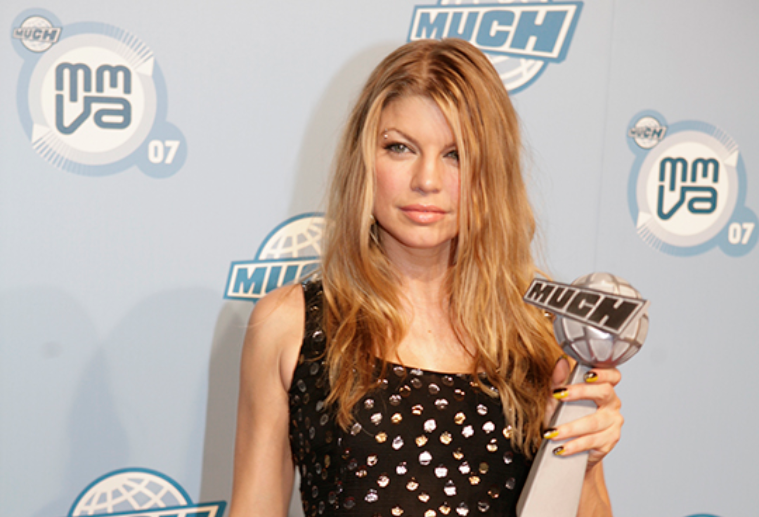 Robin Wong., CC BY 2.5, Wikimedia Commons
Robin Wong., CC BY 2.5, Wikimedia Commons
Jack White
After The White Stripes, Jack White built a solo identity rooted in analog purity and sonic innovation. He founded Third Man Records and released acclaimed solo albums. Across his projects, he's earned 12 Grammys and shaped modern rock with restless creativity.
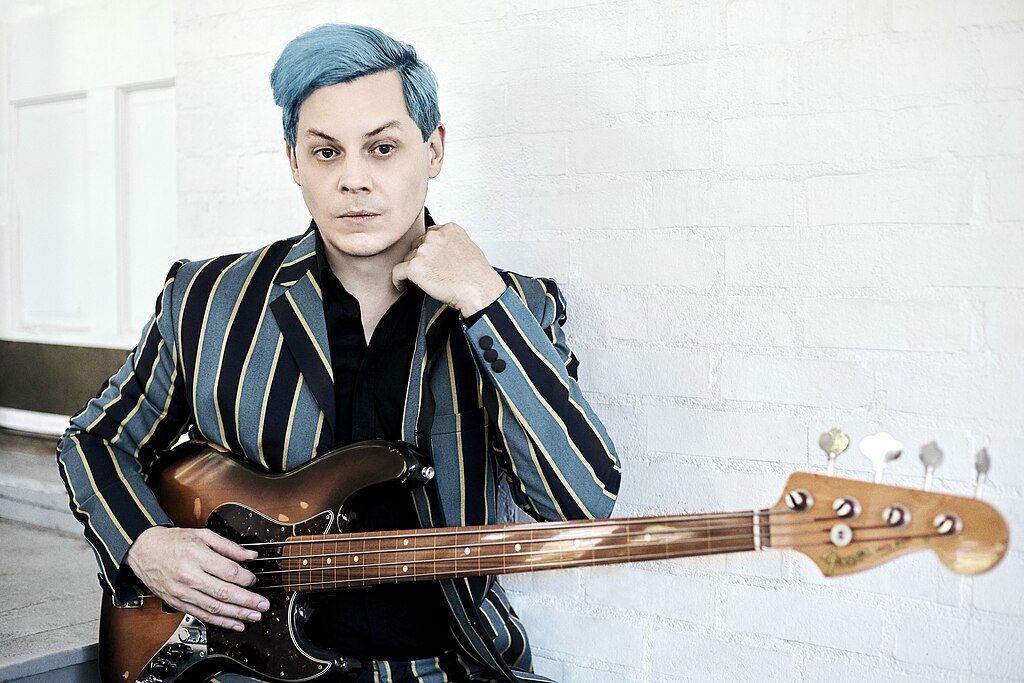 David James Swanson, CC BY-SA 4.0, Wikimedia Commons
David James Swanson, CC BY-SA 4.0, Wikimedia Commons
Steven Tyler
Steven Tyler pivoted from Aerosmith to country with We're All Somebody from Somewhere (2016). The album entered Billboard's Top Country Albums chart at No 1. His solo detour reflected a broader range to show the singer's willingness to take creative risks beyond arena rock.
 Gage Skidmore, CC BY-SA 3.0, Wikimedia Commons
Gage Skidmore, CC BY-SA 3.0, Wikimedia Commons
Ice Cube
Financial and creative tensions led Ice Cube to split from NWA in 1989. His 1990 debut, AmeriKKKa's Most Wanted, fused political urgency with East Coast beats. The Platinum album established him as a solo force, later extending his reach into film and cultural commentary.
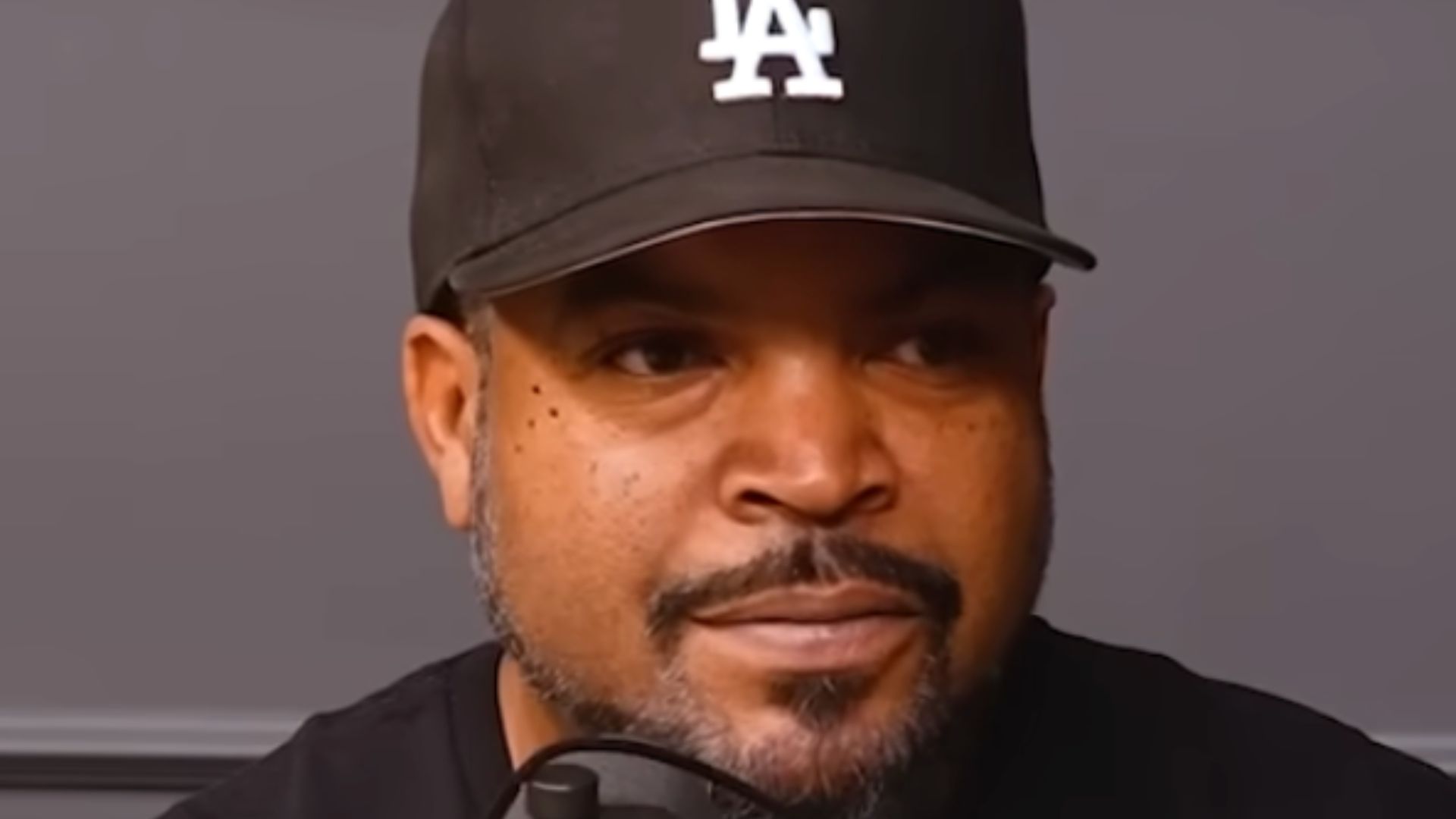 MILLION DOLLAZ WORTH OF GAME, Wikimedia Commons
MILLION DOLLAZ WORTH OF GAME, Wikimedia Commons
Noel Gallagher
Known for moody, textured songwriting, Noel Gallagher transitioned from stadium swagger to introspective ballads. After Oasis disbanded in 2009, he formed High Flying Birds. Its first two albums both reached No 1 on the UK Albums Chart, which proved that his audience followed him.
 Raph_PH, CC BY 2.0, Wikimedia Commons
Raph_PH, CC BY 2.0, Wikimedia Commons
Belinda Carlisle
Belinda Carlisle broke from The Go-Go's and redefined her public identity. The 1987 hit "Heaven Is a Place on Earth" topped the Billboard Hot 100 and became a global anthem. Her solo work embraced polished pop and positioned her among the era's defining female voices.
 Andrew Hurley, CC BY-SA 2.0, Wikimedia Commons
Andrew Hurley, CC BY-SA 2.0, Wikimedia Commons
Natalie Maines
Her 2013 solo album Mother leaned into rock and protest themes by setting a new tone for Natalie Maines. The shift away from country pop revealed a raw, personal edge. After controversy engulfed The Chicks in 2003, she forged ahead with sharp focus and unfiltered expression.
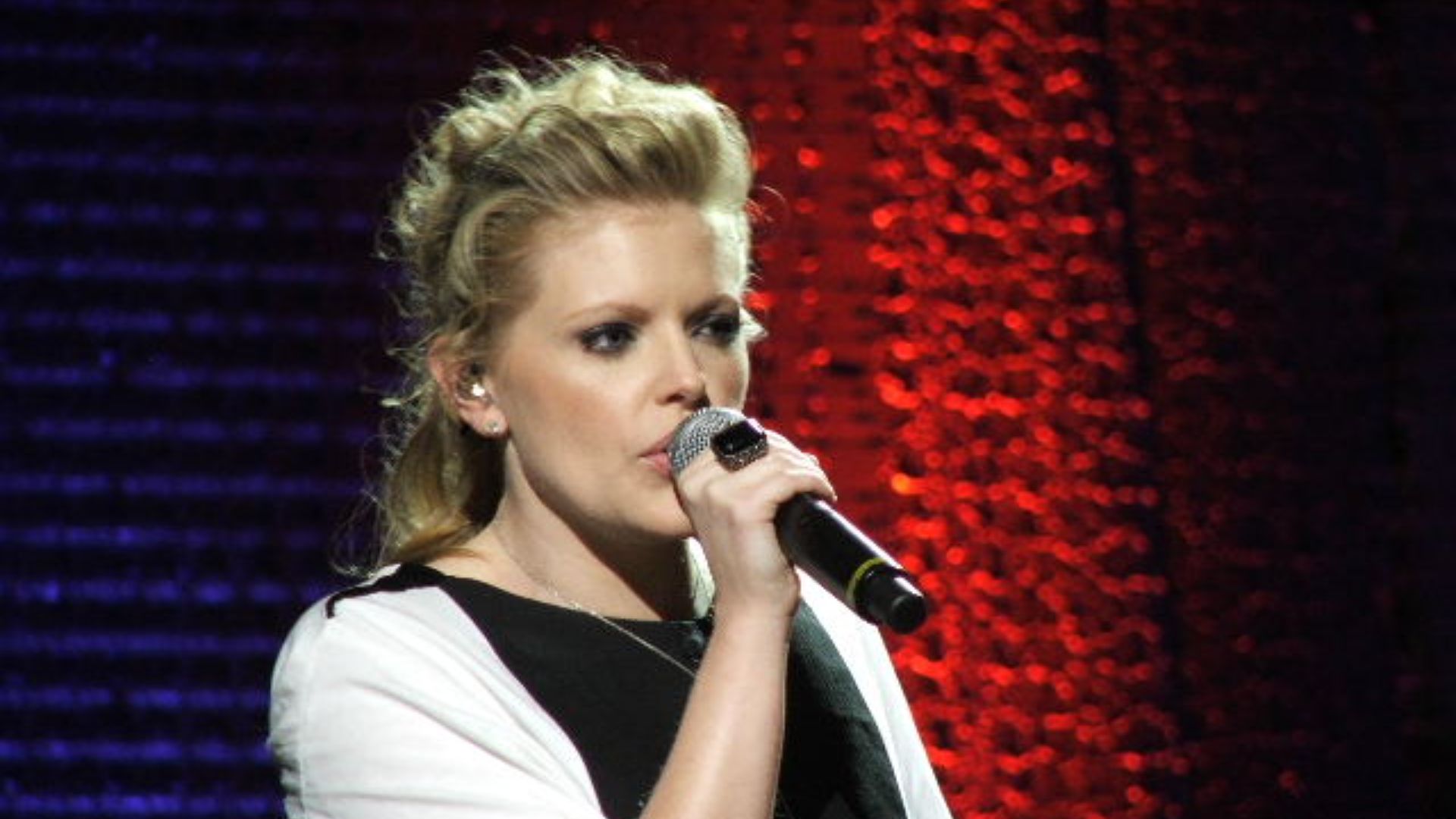 Ron Baker (https://www.flickr.com/photos/kingsnake), Wikimedia Commons
Ron Baker (https://www.flickr.com/photos/kingsnake), Wikimedia Commons
Courtney Love
Though best known for being the lead vocalist for Hole, Courtney Love pursued solo work with America's Sweetheart (2004). The album reflected her turbulent persona and earned critical attention for its raw lyrics. Despite mixed commercial success, Love's solo venture reinforced her role in rock.
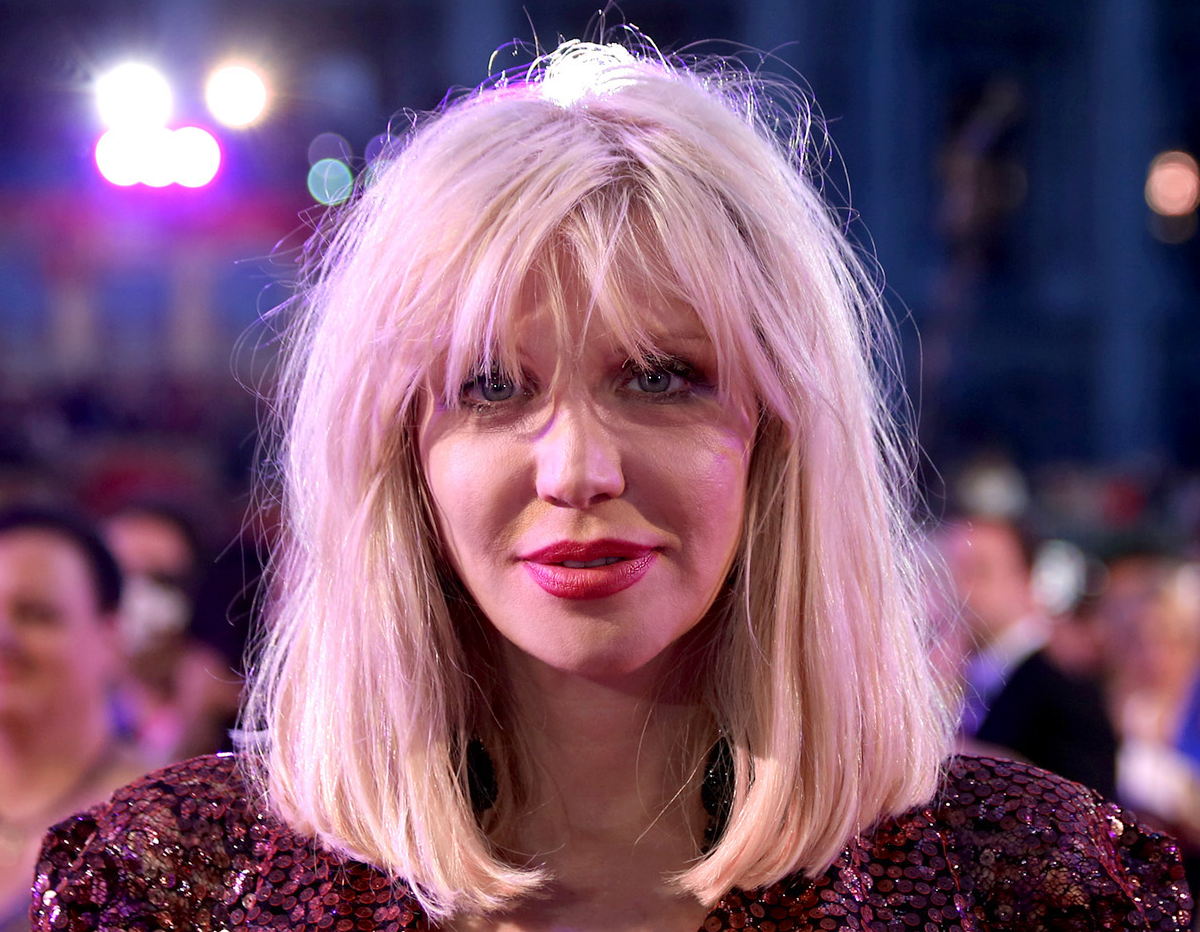 Manfred Werner, CC BY-SA 3.0, Wikimedia Commons
Manfred Werner, CC BY-SA 3.0, Wikimedia Commons
George Harrison
All Things Must Pass (1970) let George Harrison finally step out from under The Beatles’ shadow. Its triple-disc ambition and spiritual undertones revealed a solo voice waiting years to surface. “My Sweet Lord” topped the charts and made that voice impossible to ignore.
 Aaron Rapoport, Corbis, Getty Images
Aaron Rapoport, Corbis, Getty Images
Zayn Malik
Zayn Malik’s 2016 solo debut, Mind of Mine, opened at No 1 in the US and UK. With “Pillowtalk”, he cast off One Direction’s polished pop and leaned into textured R&B. The stylistic shift reintroduced him as an artist with his own sonic identity.
Jenny Lewis
When Rabbit Fur Coat arrived in 2006, it was steeped in retro folk and quiet confidence. The album’s stories felt personal and lived-in—proof that Jenny Lewis’s artistry deepened once she had complete creative control. She didn’t rush her solo debut after Rilo Kiley, and it showed.

